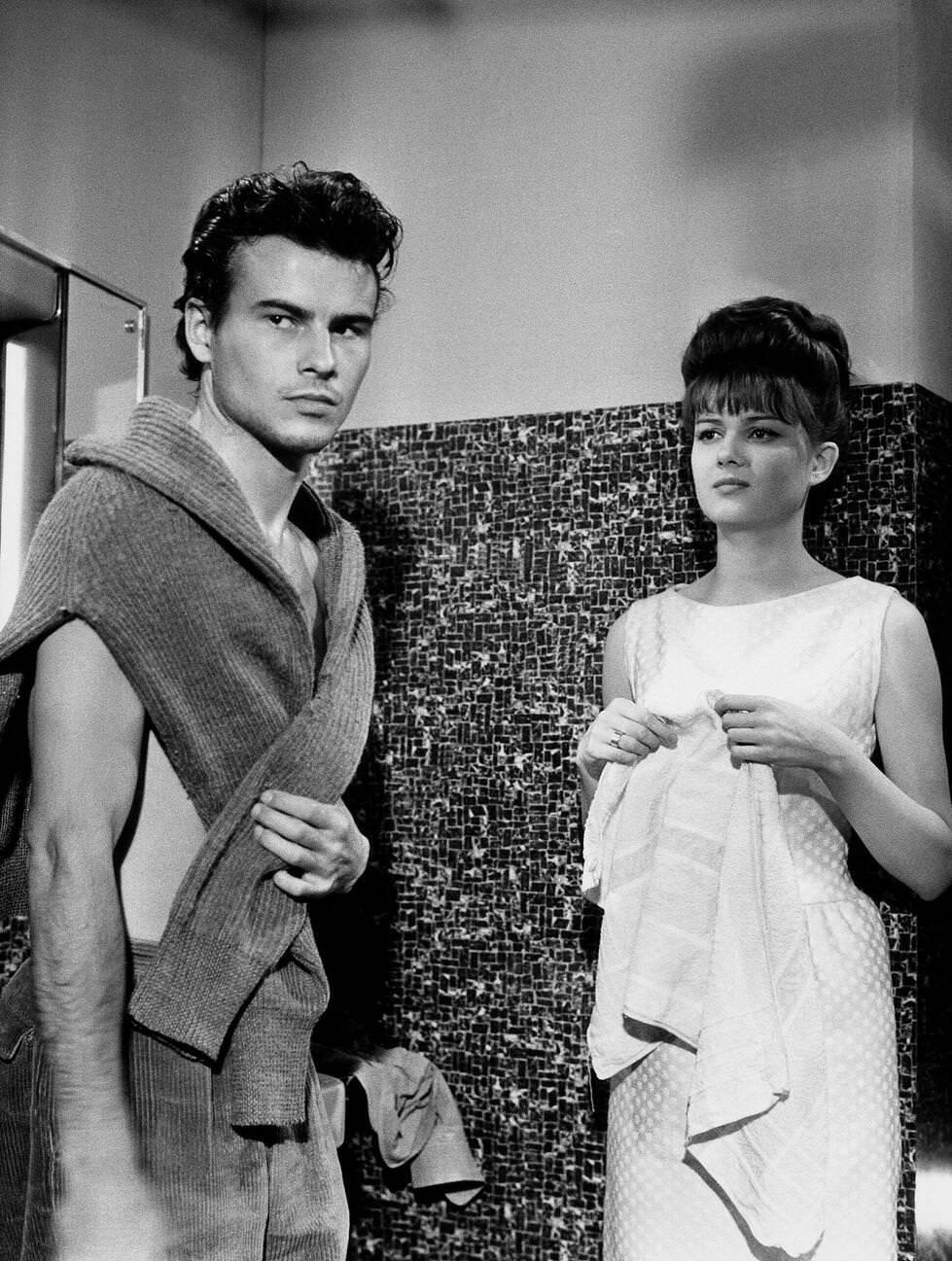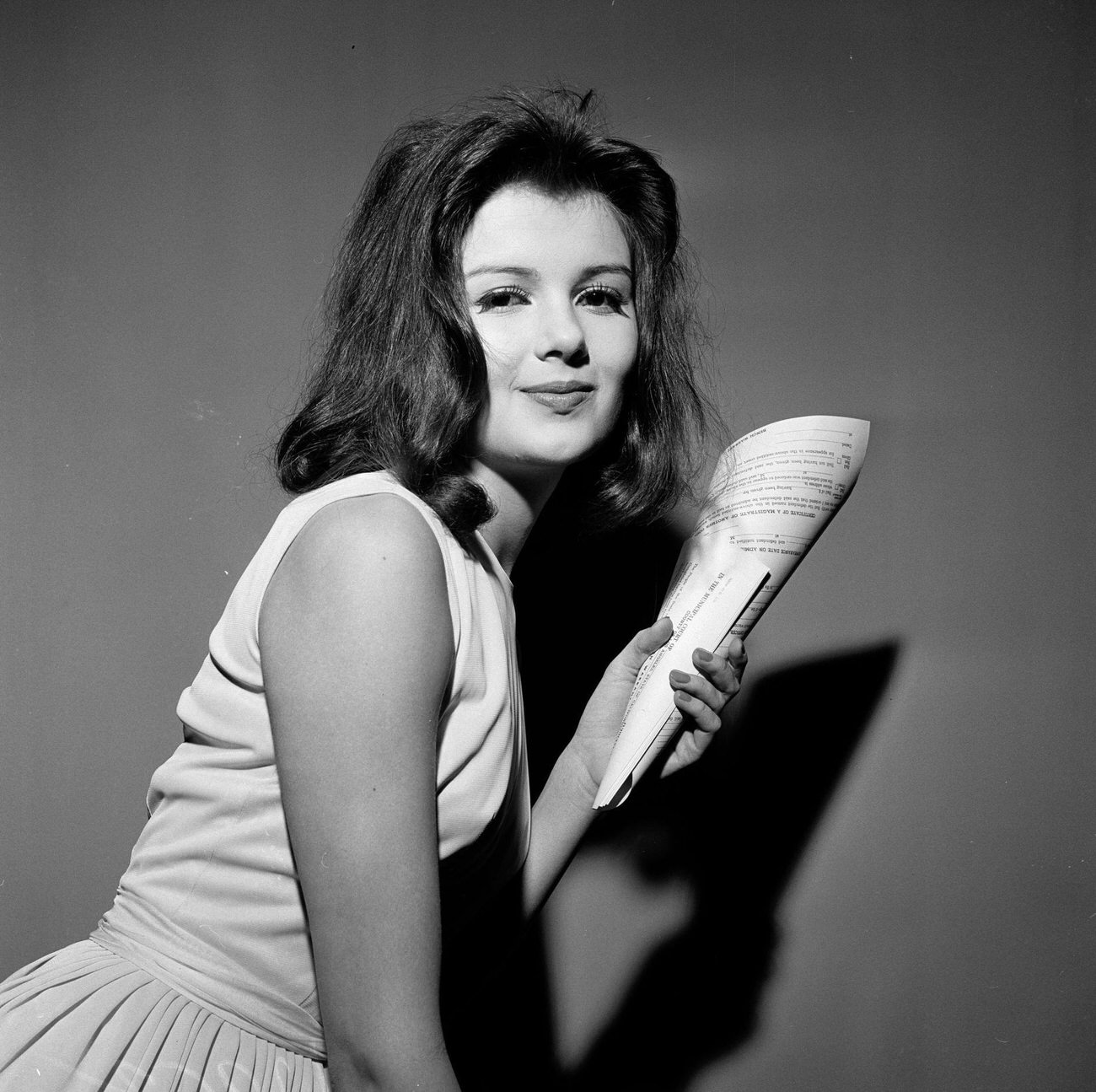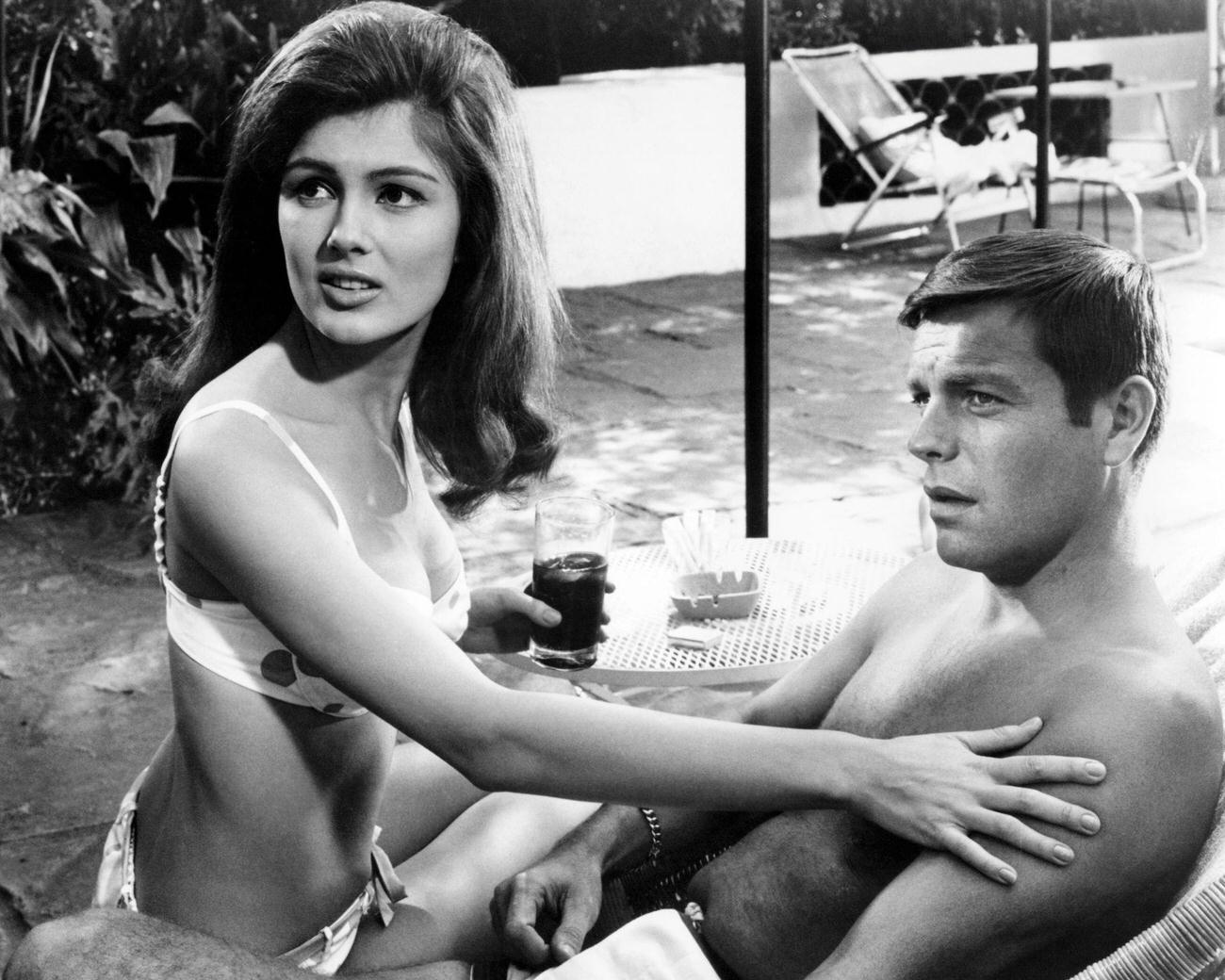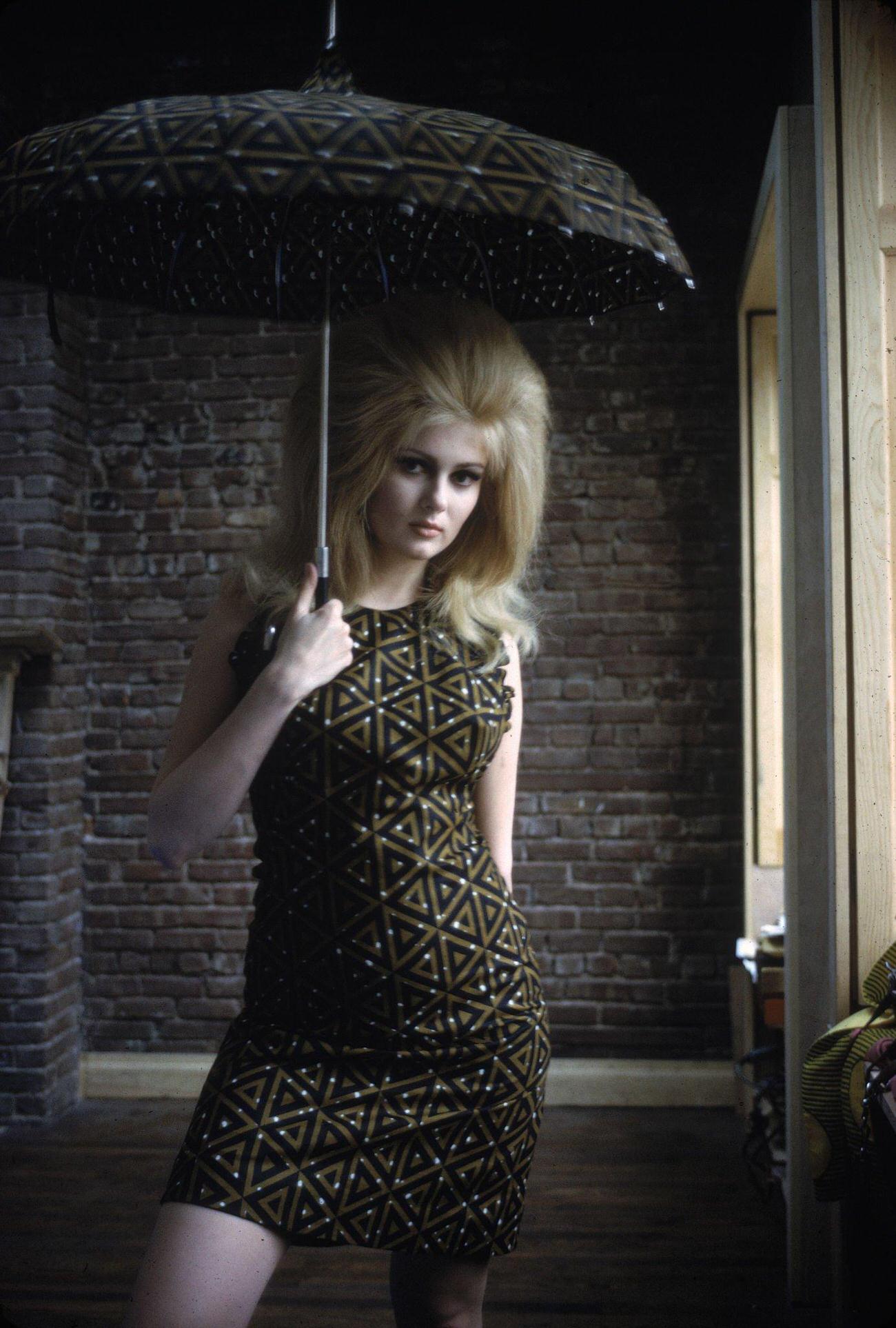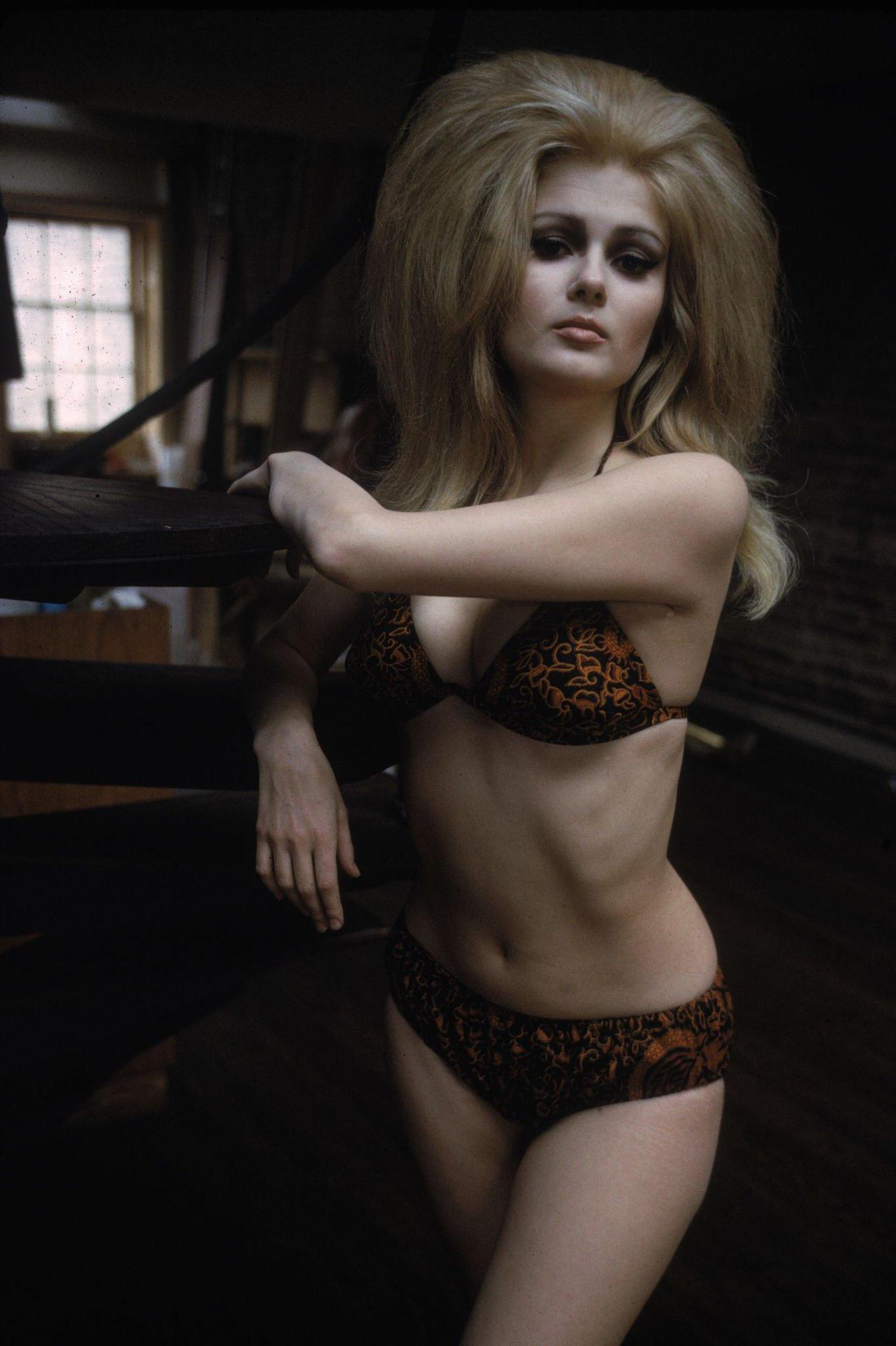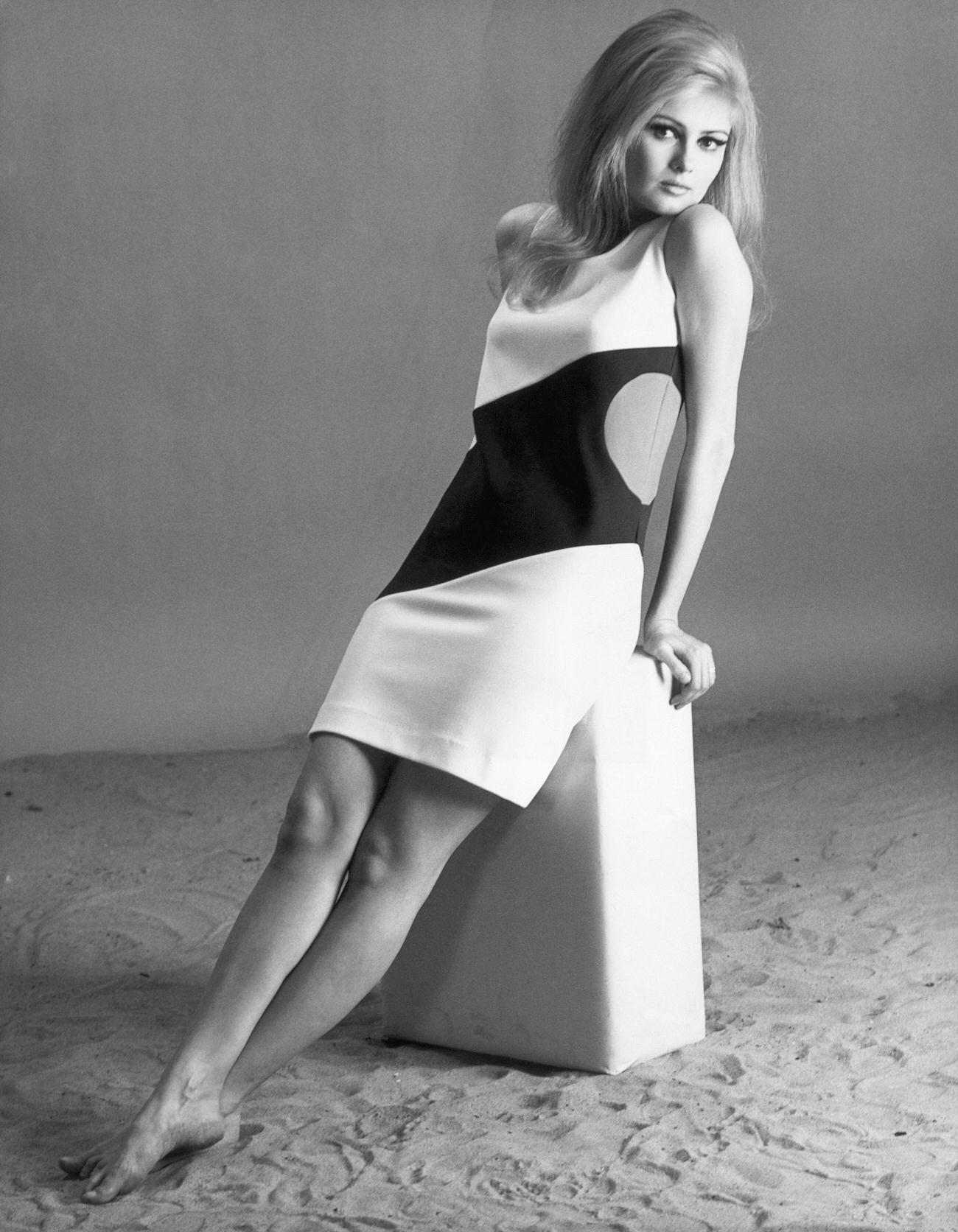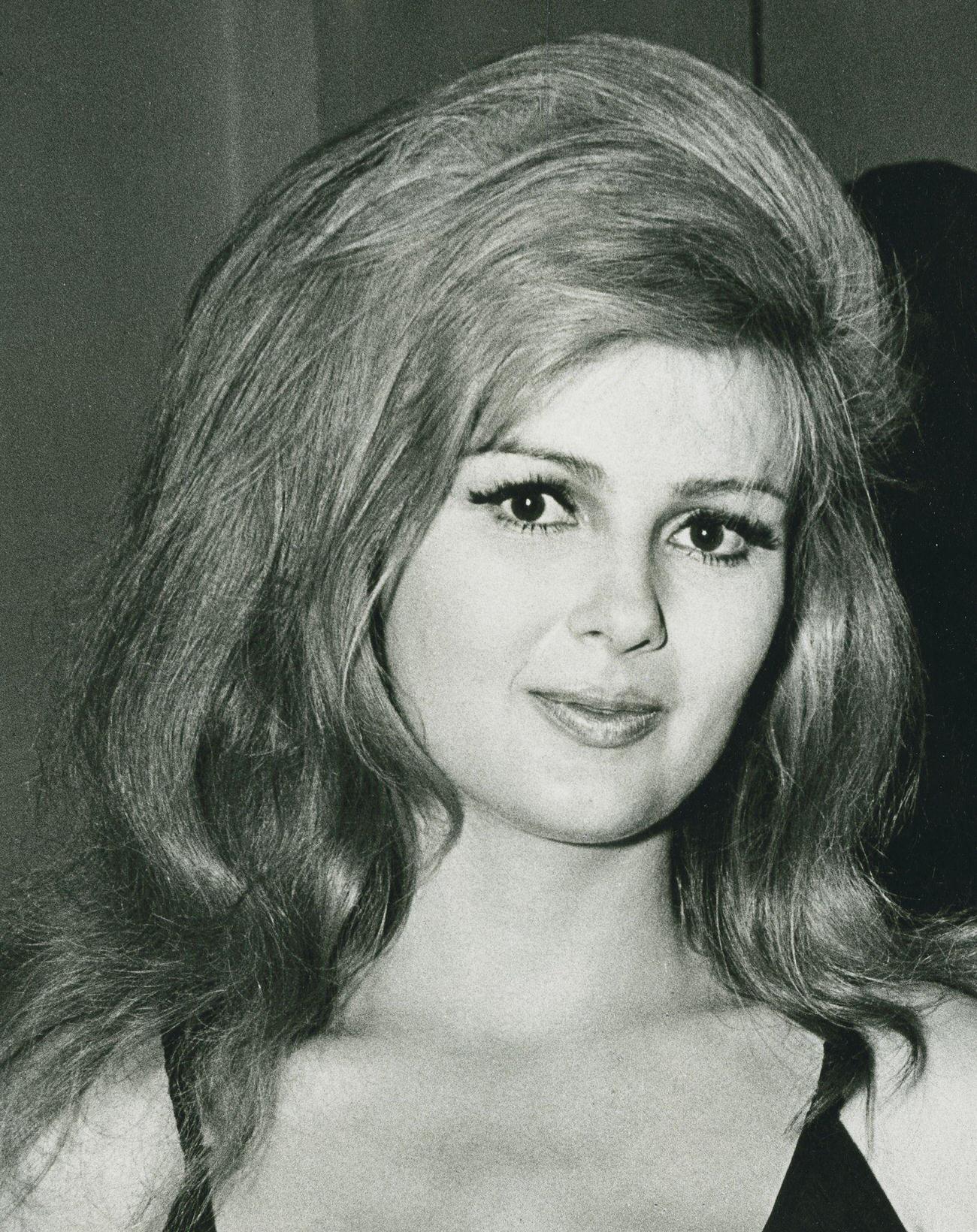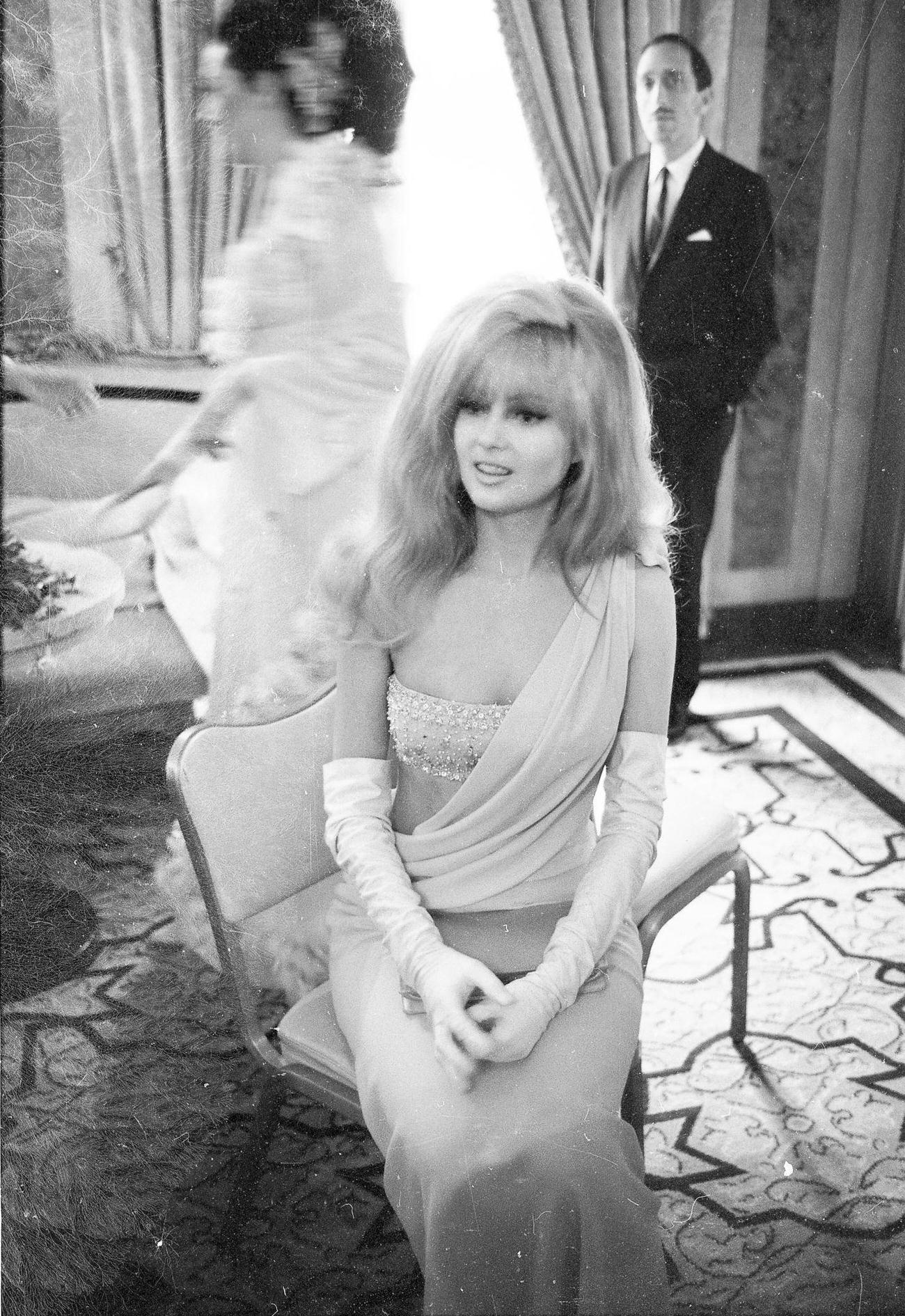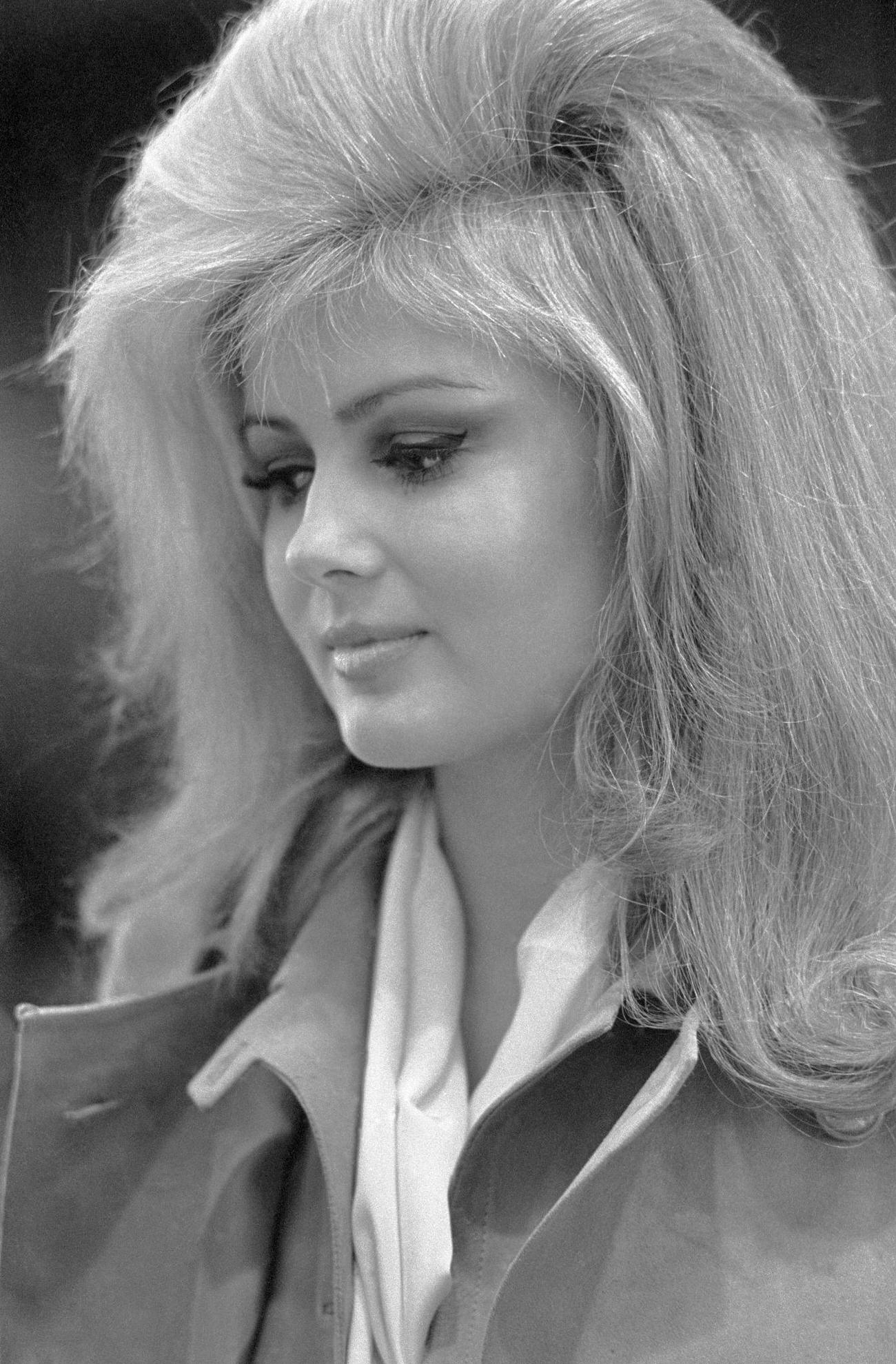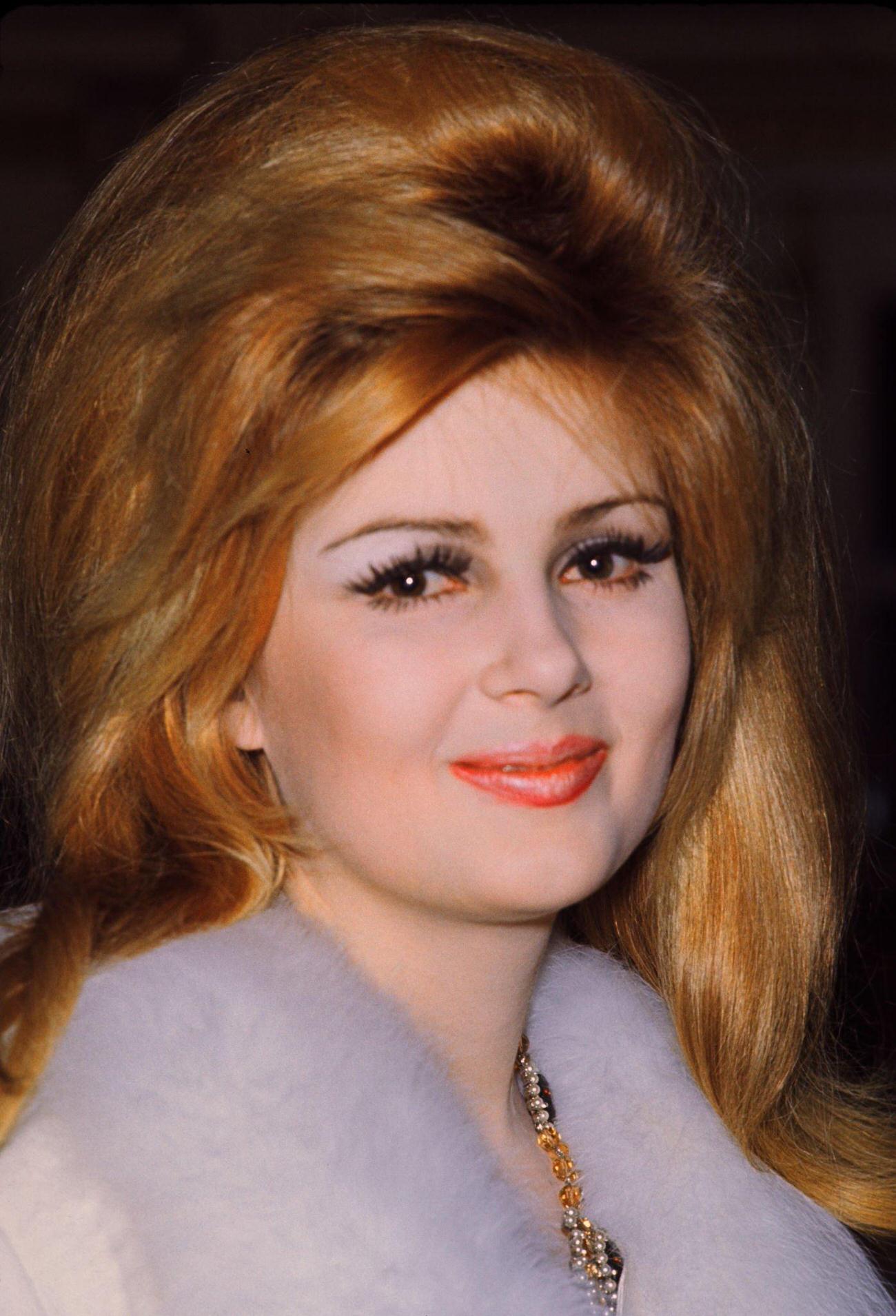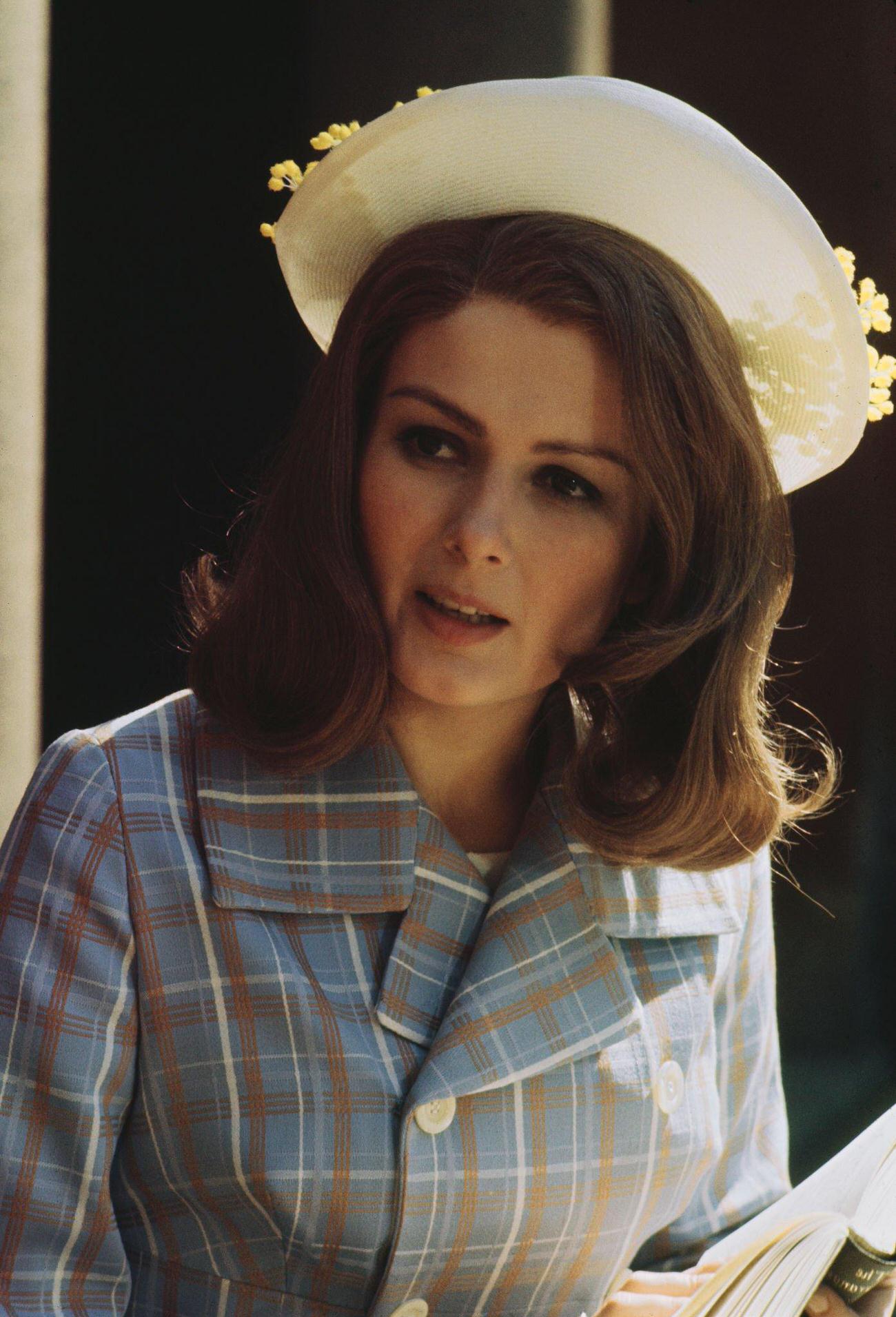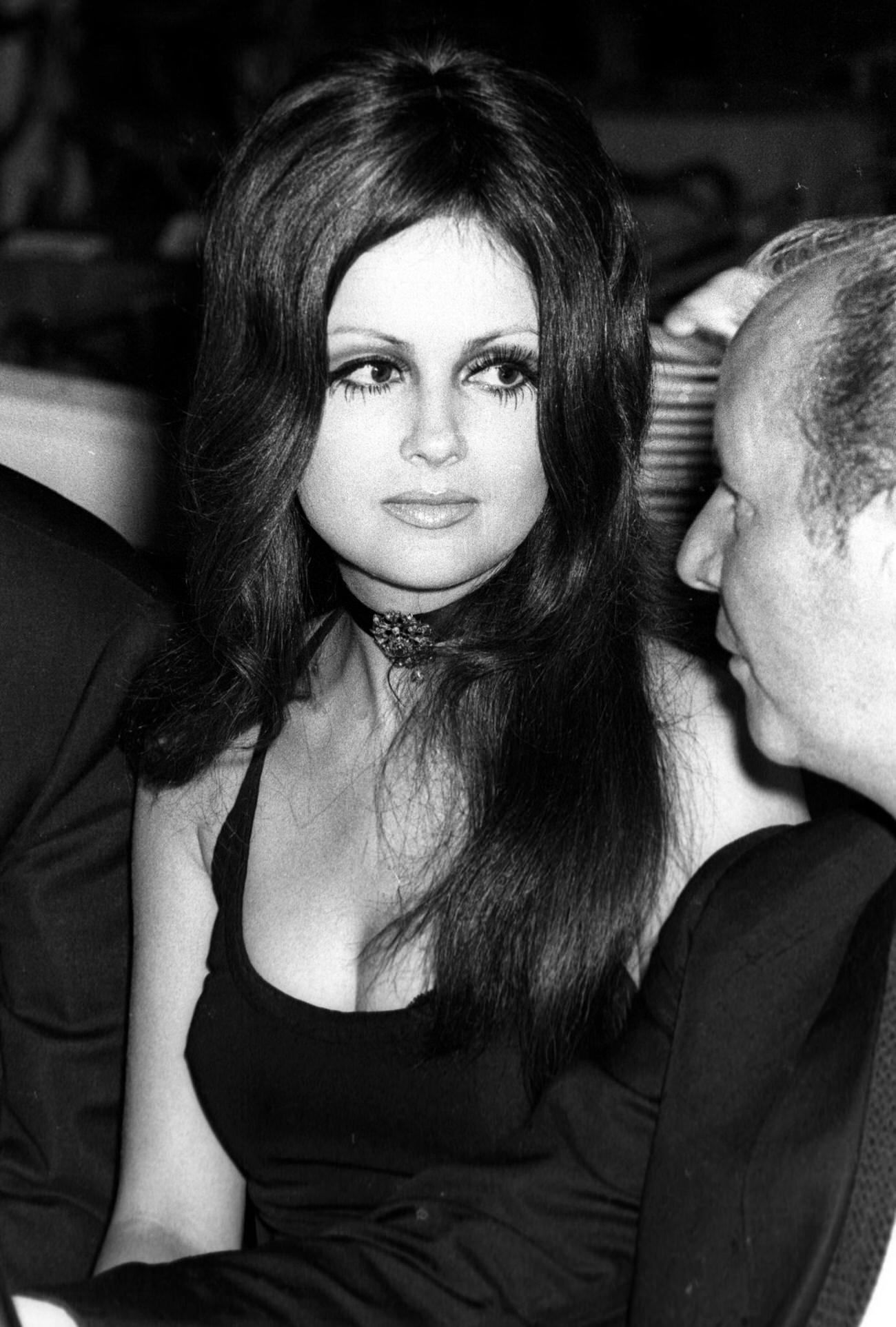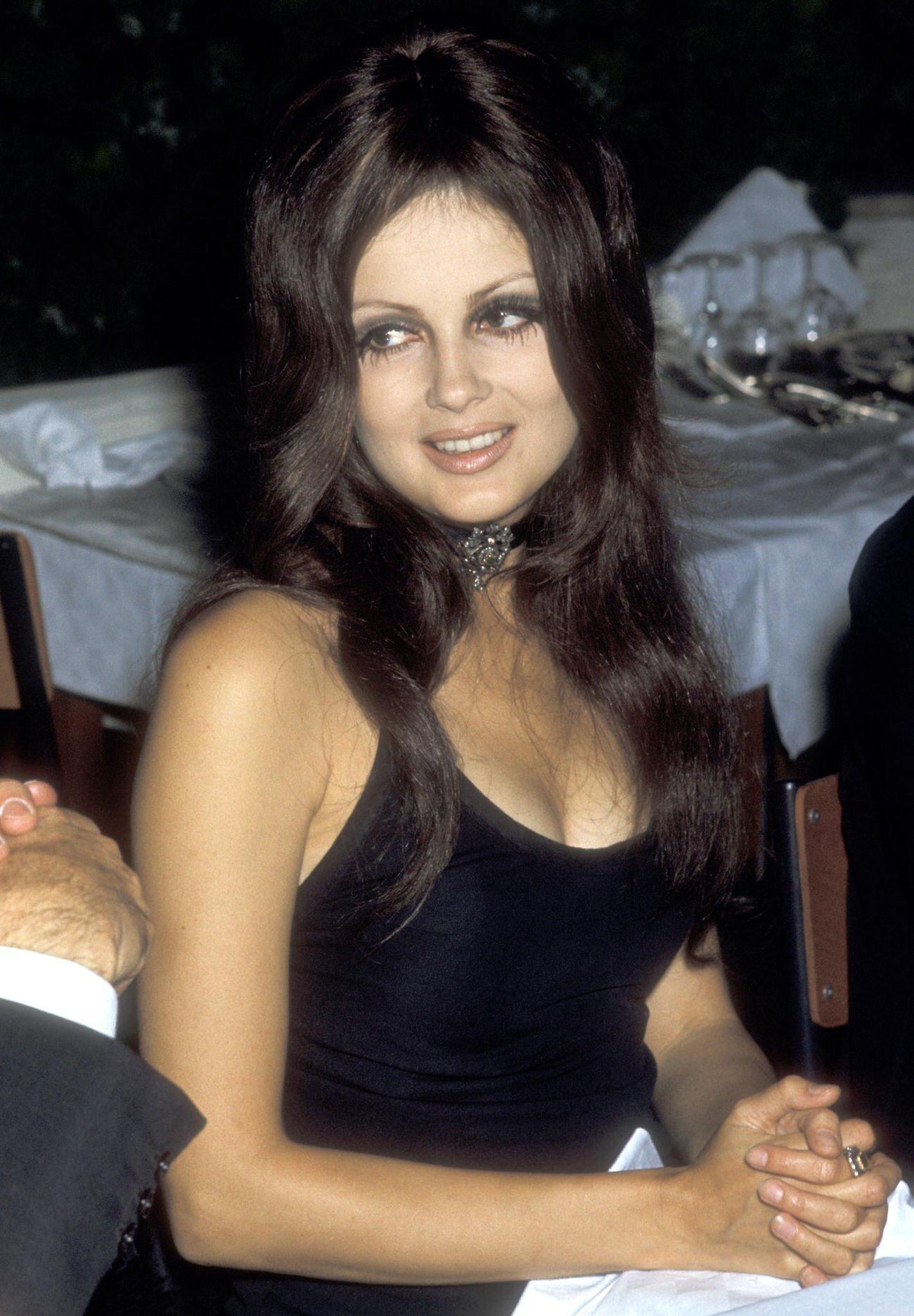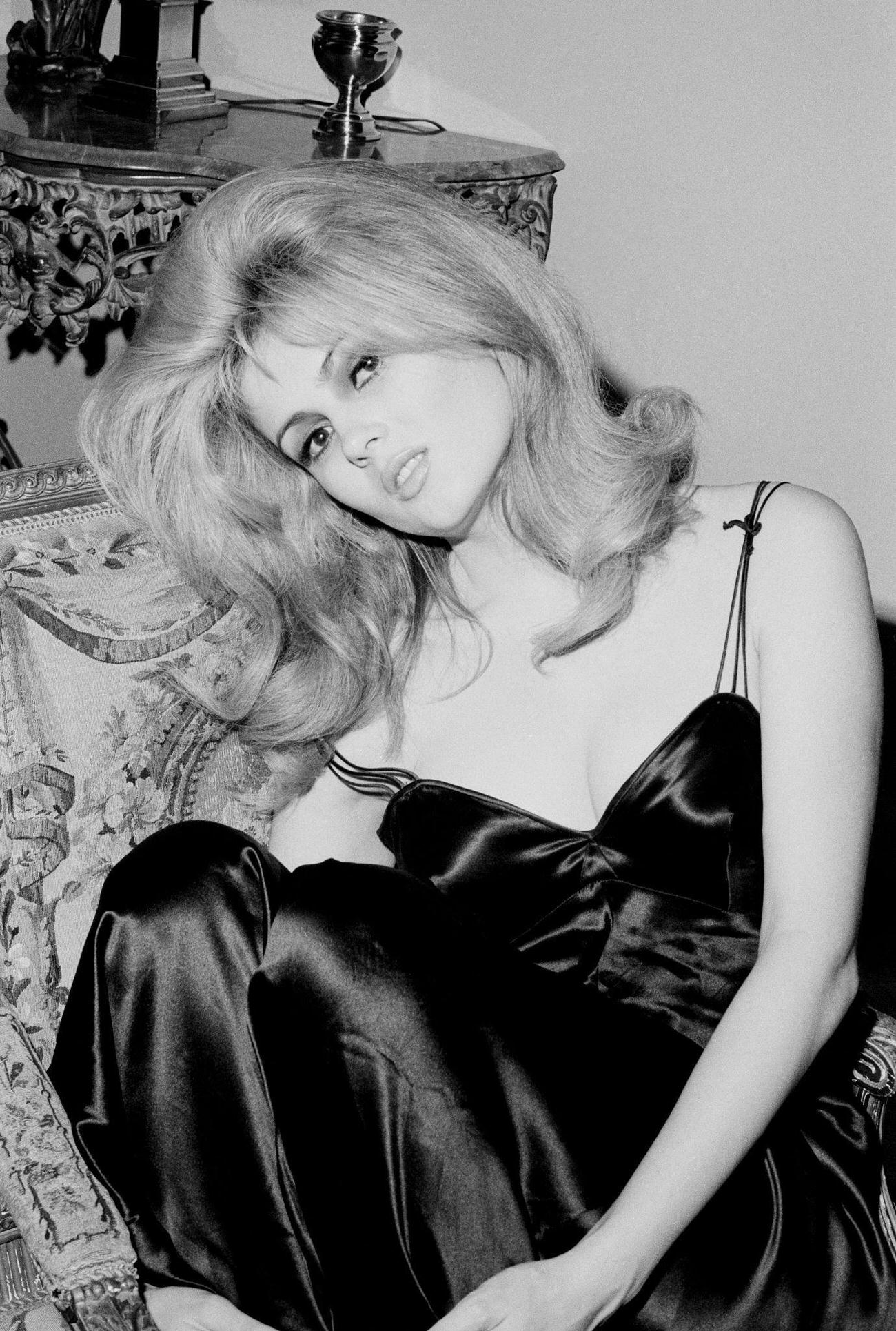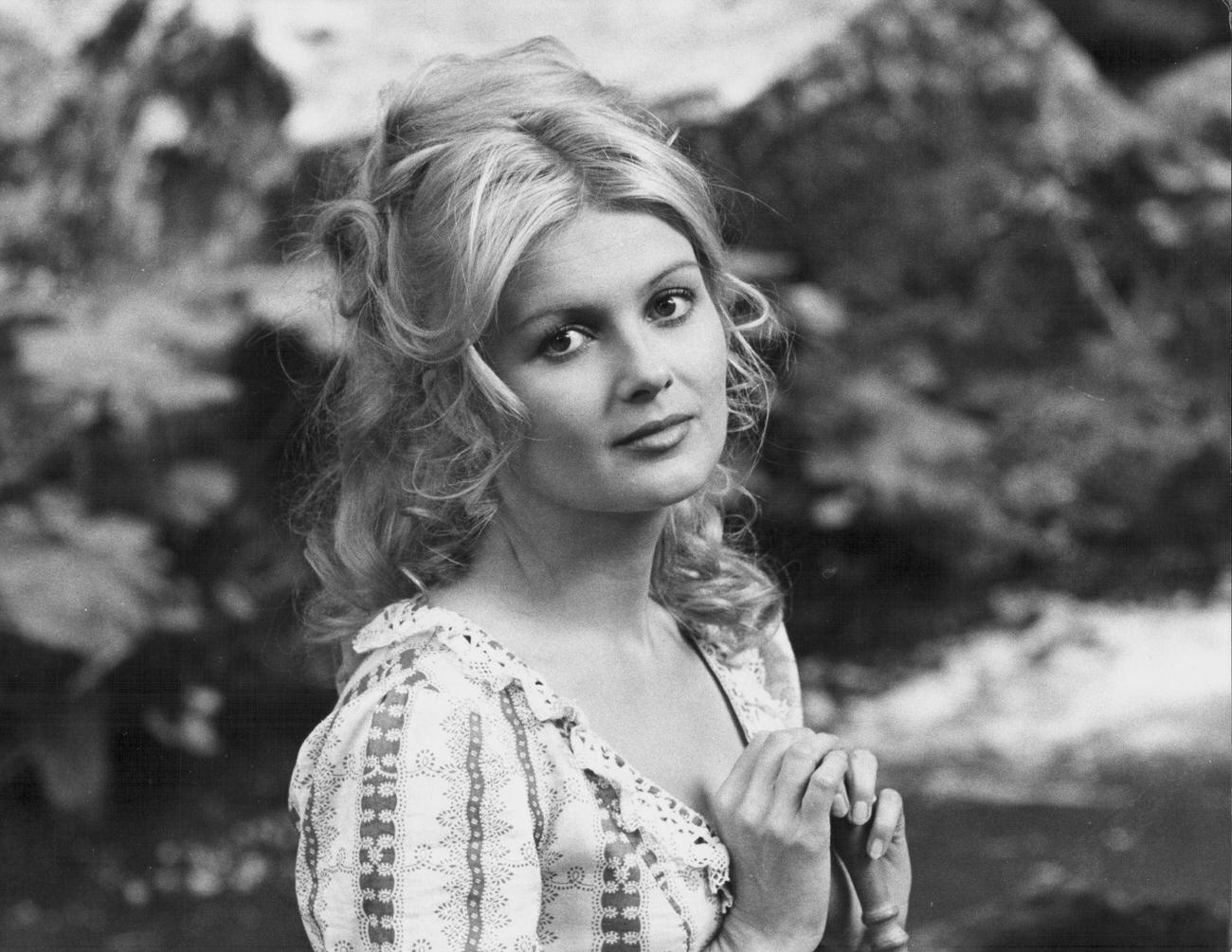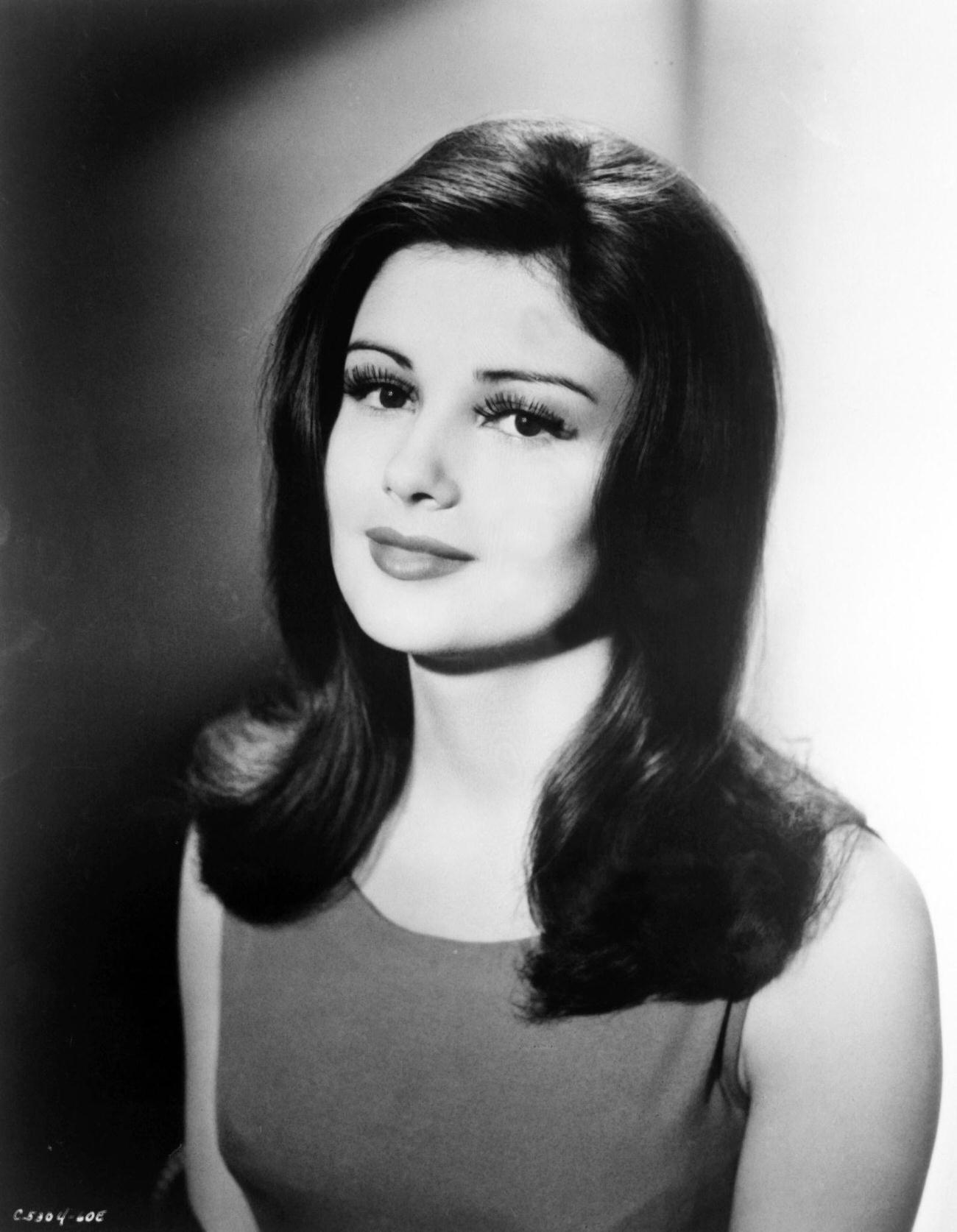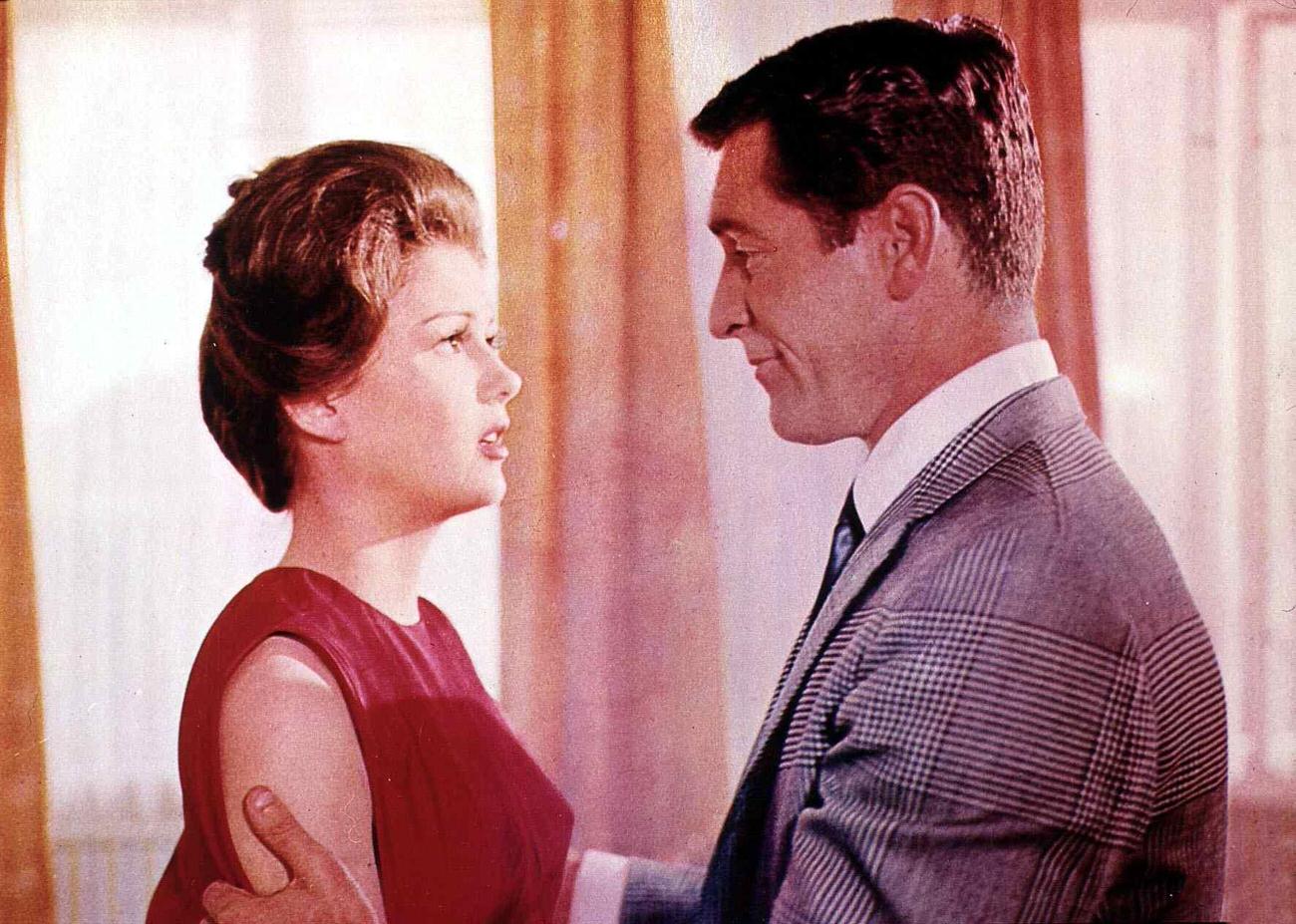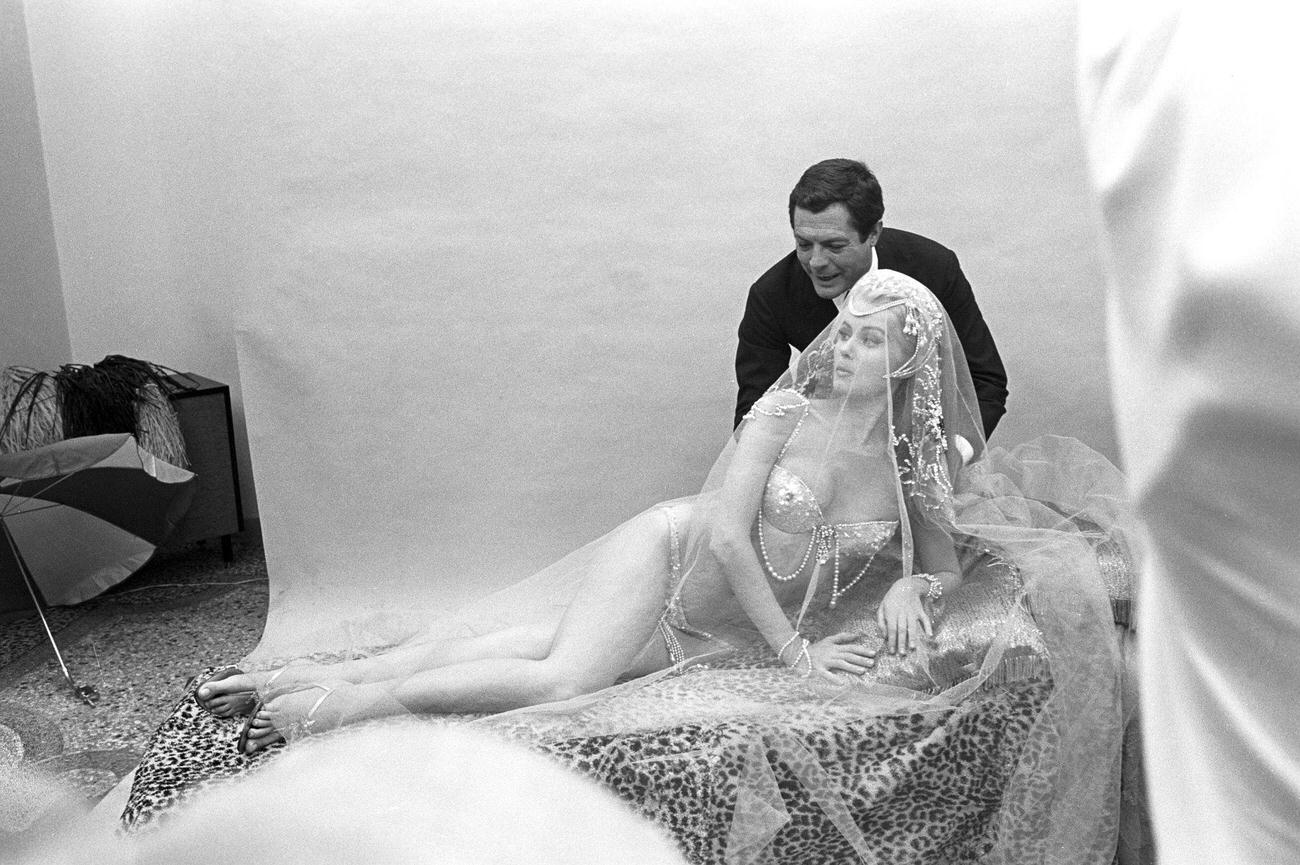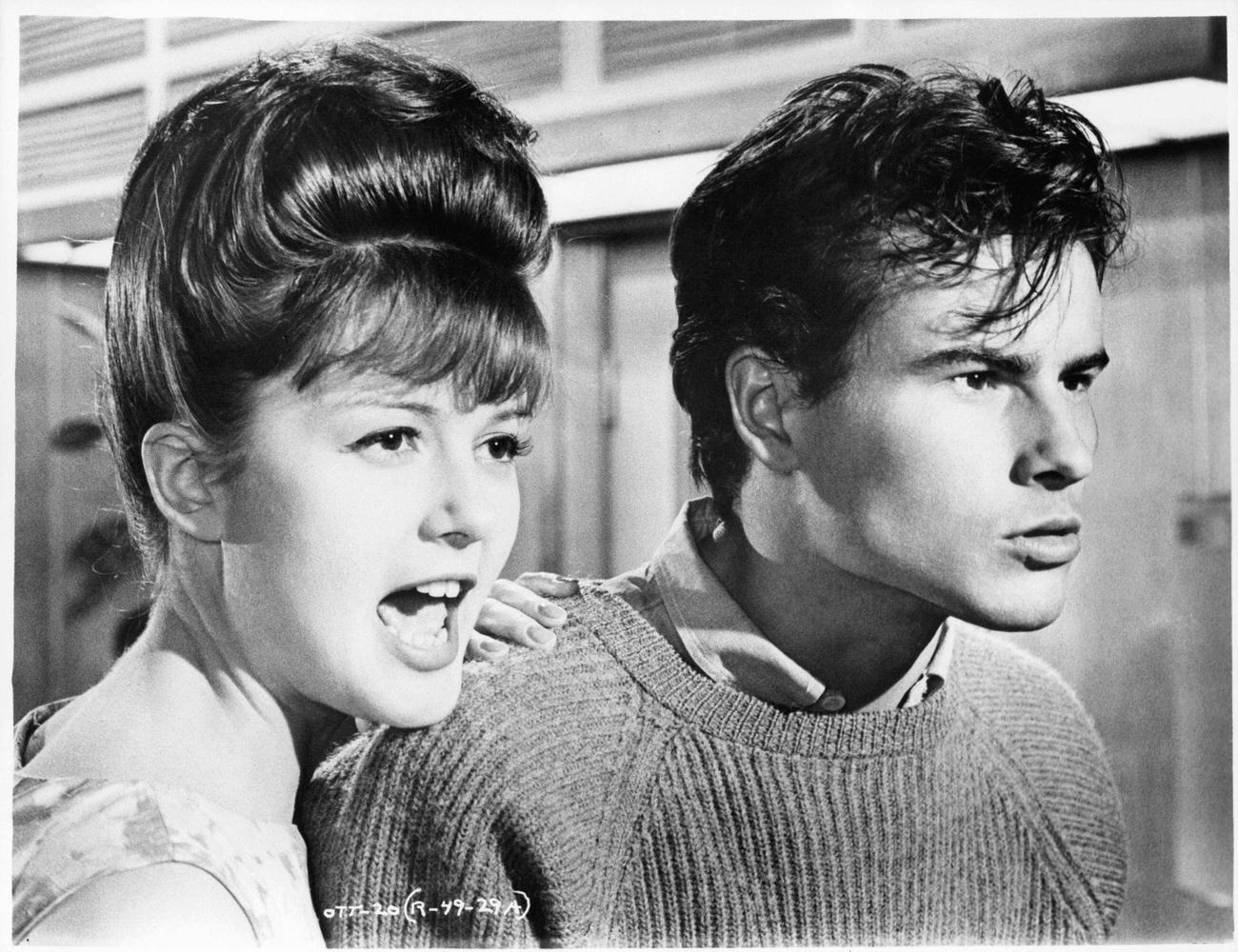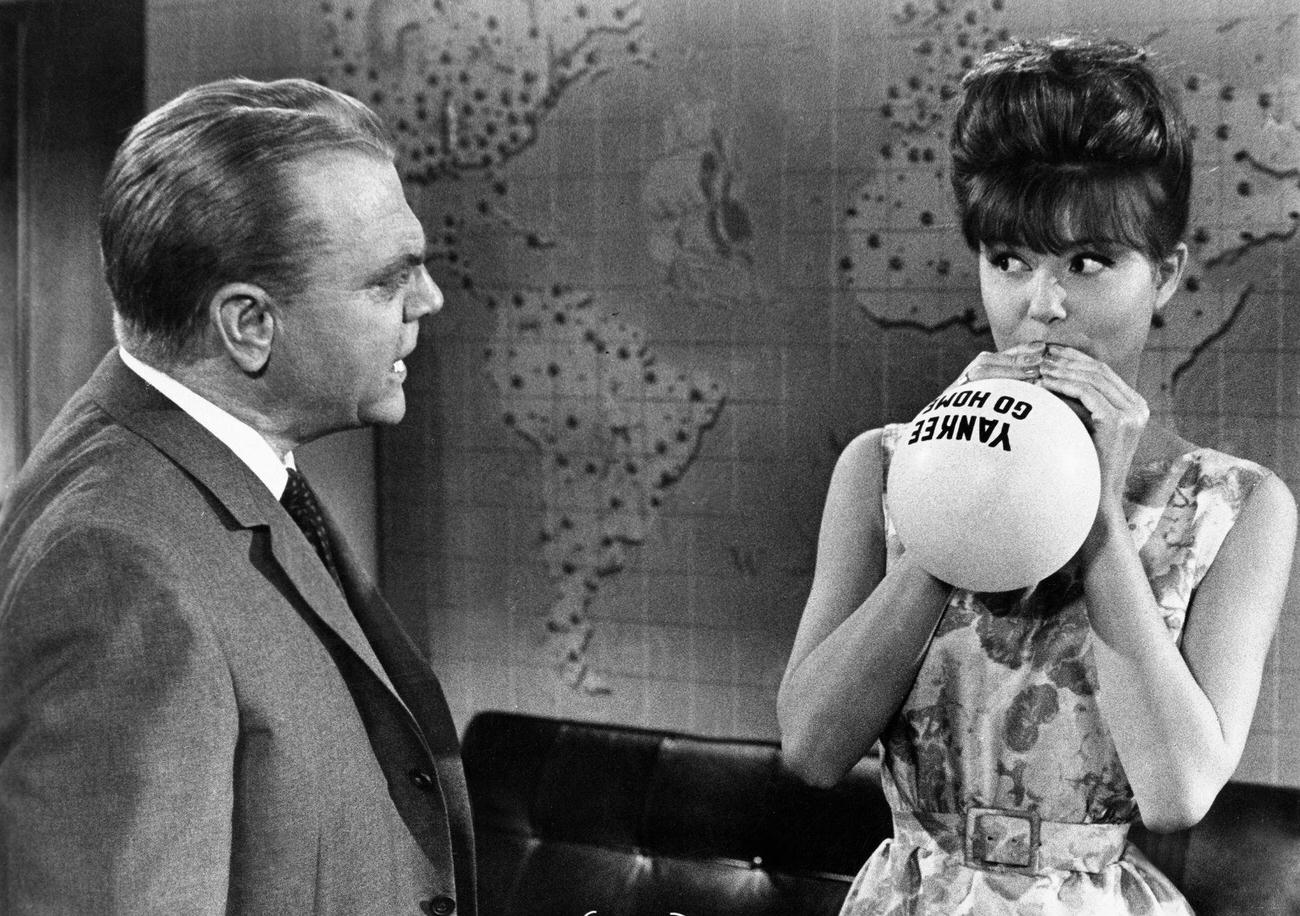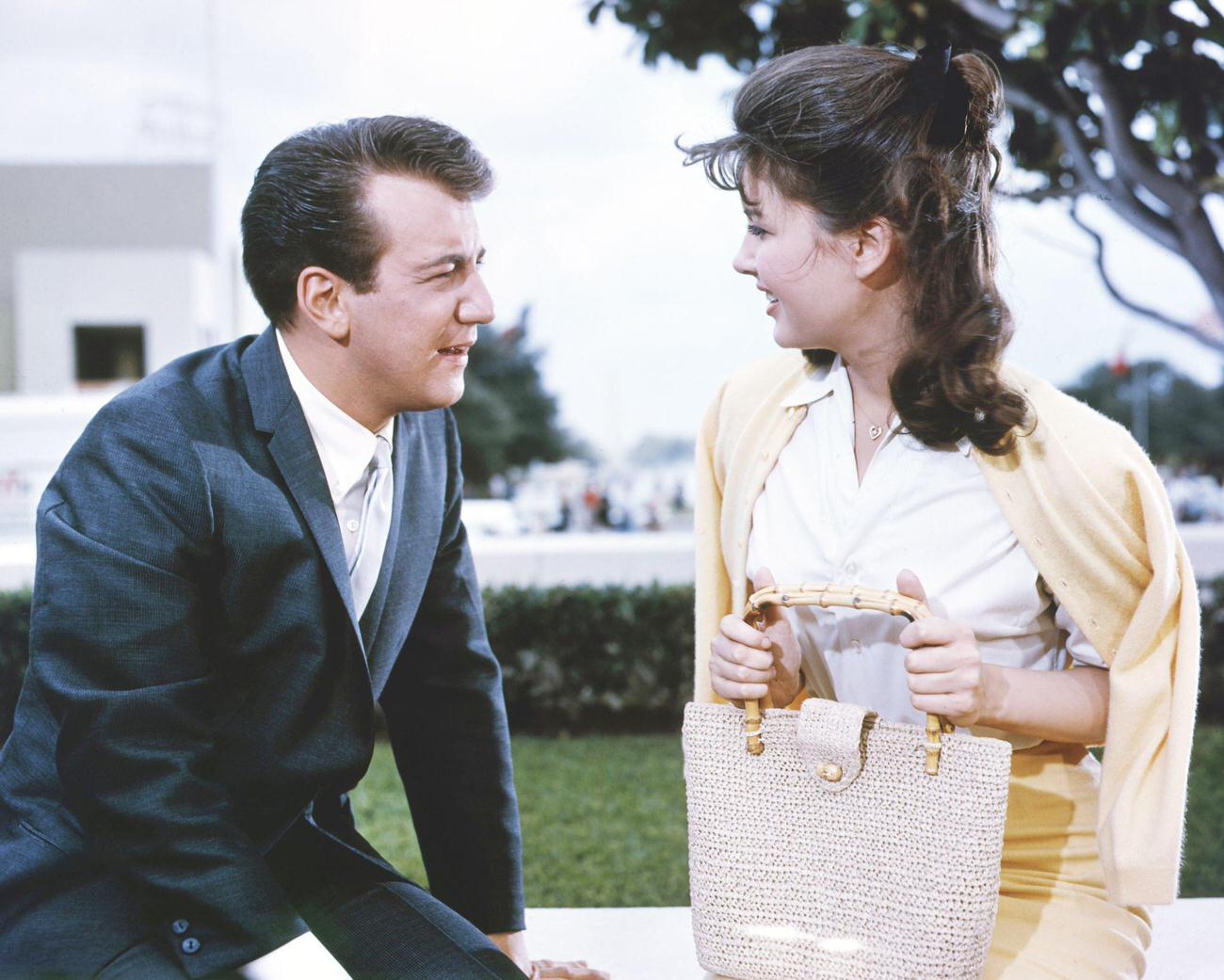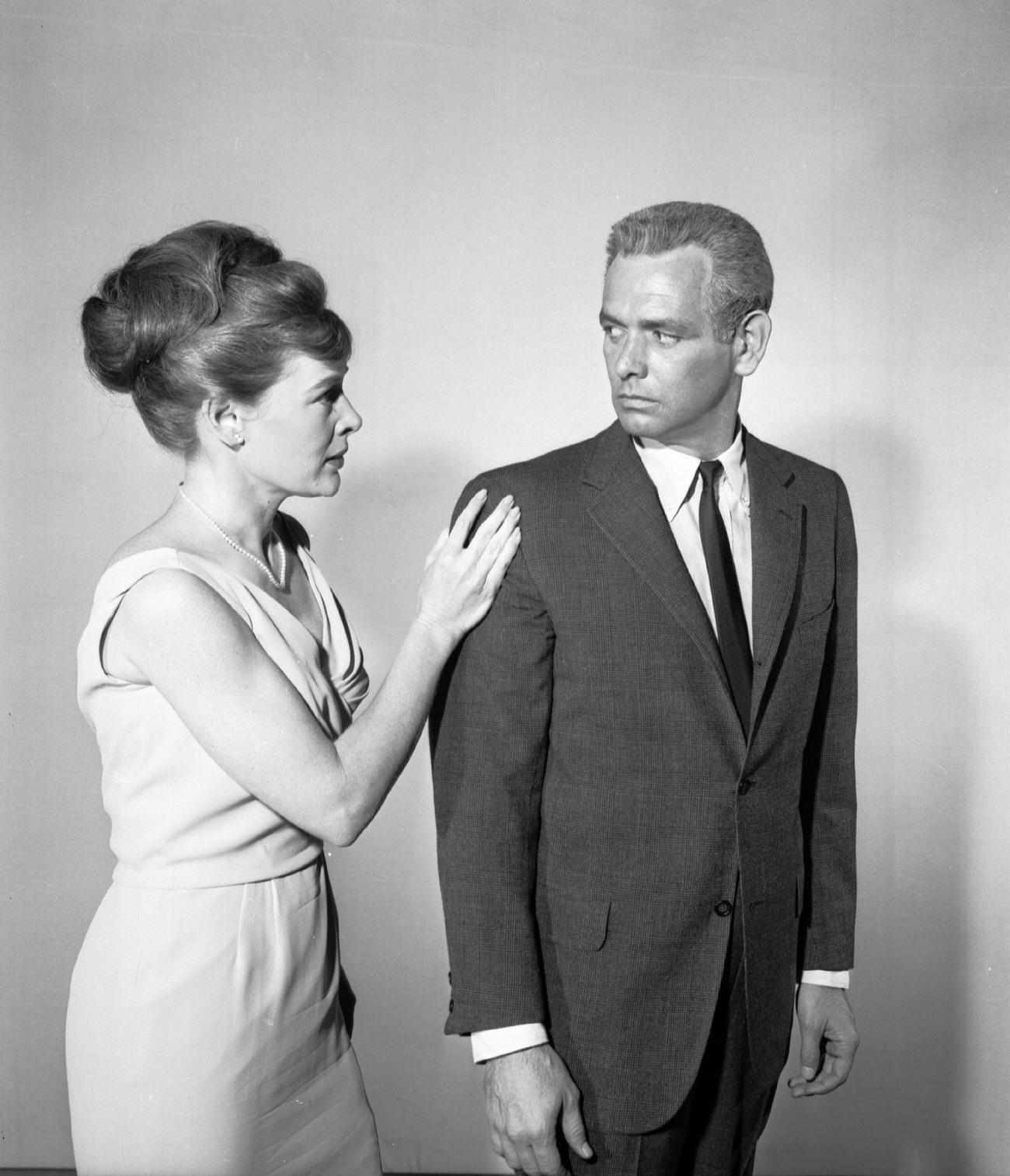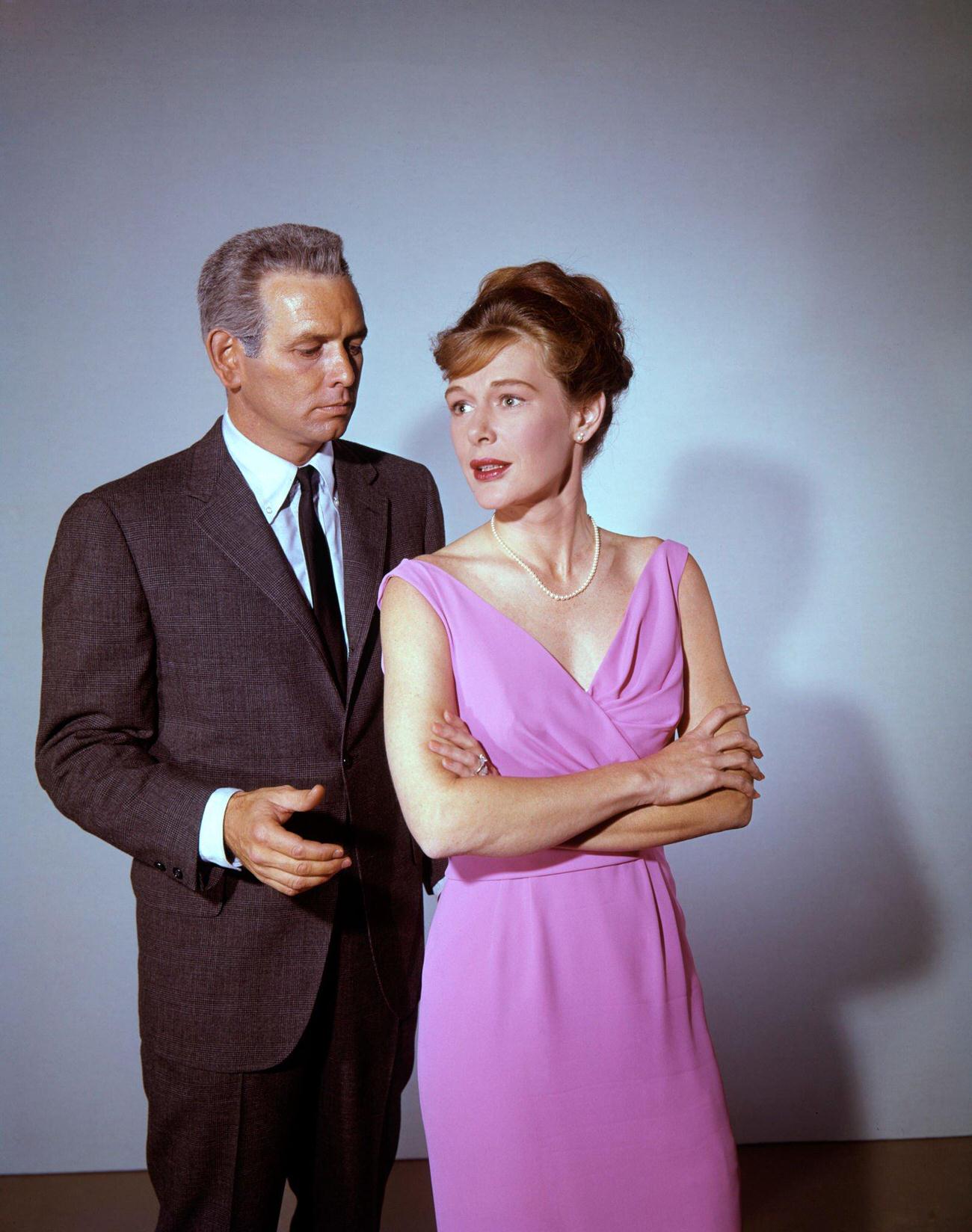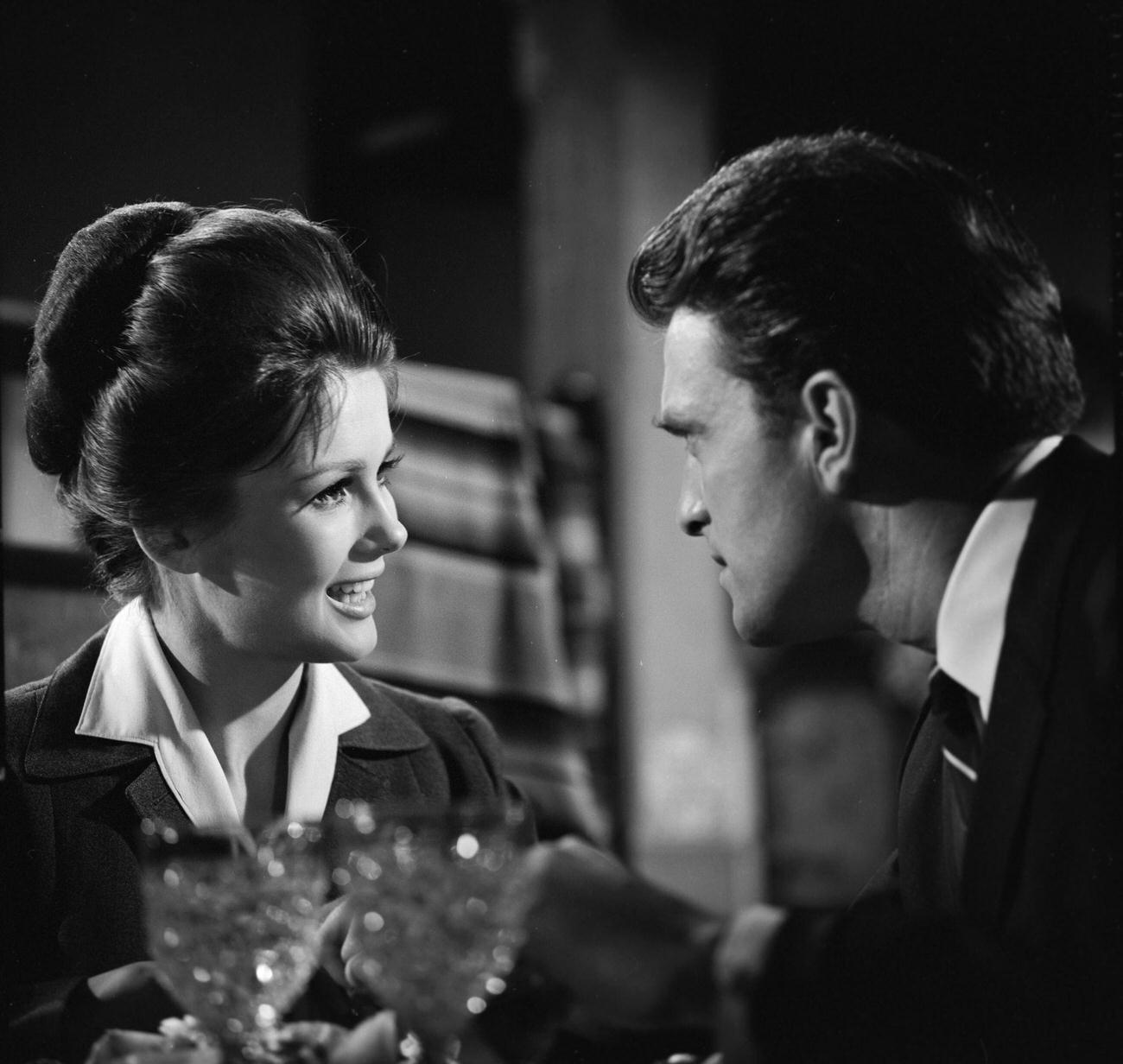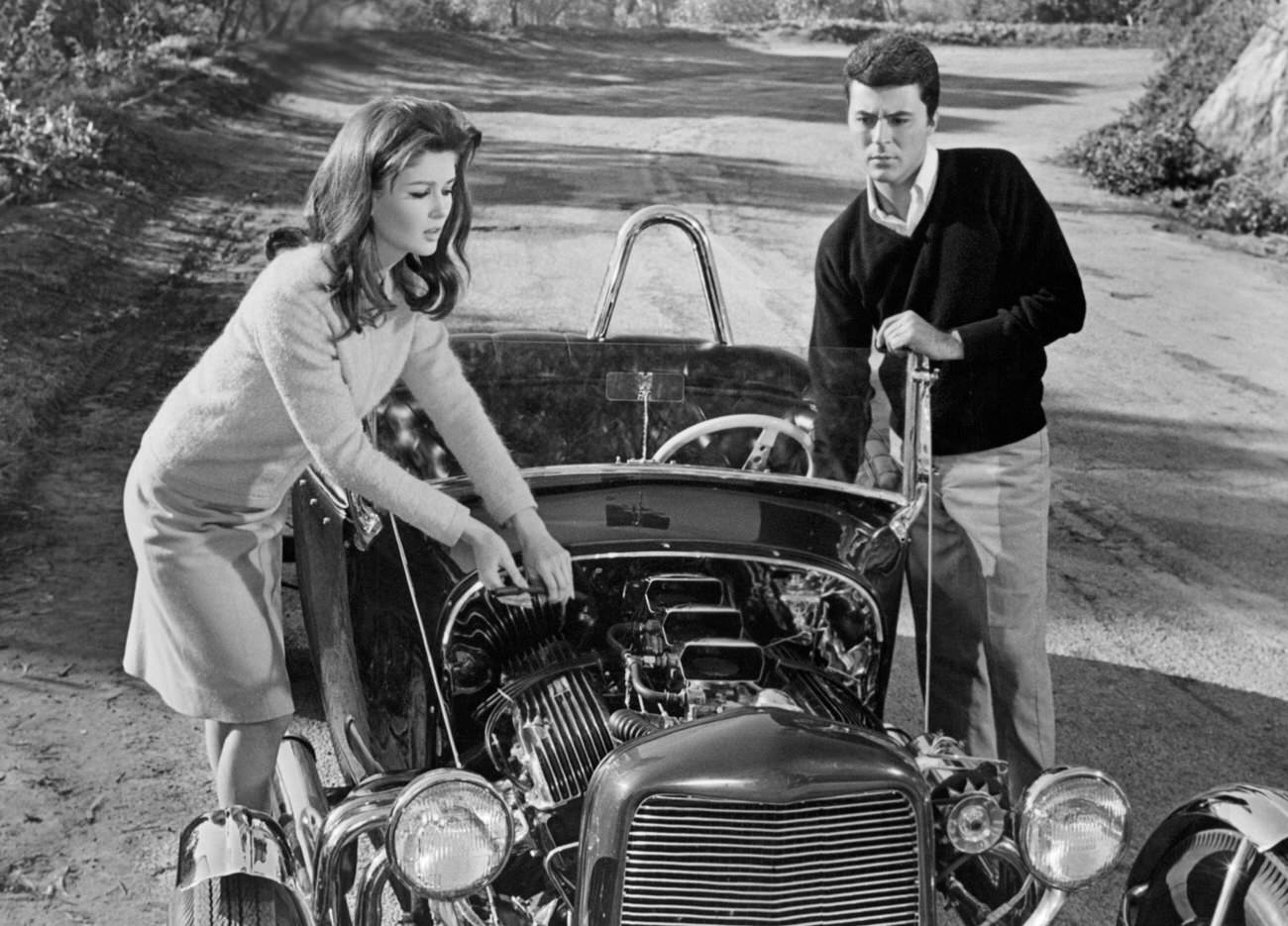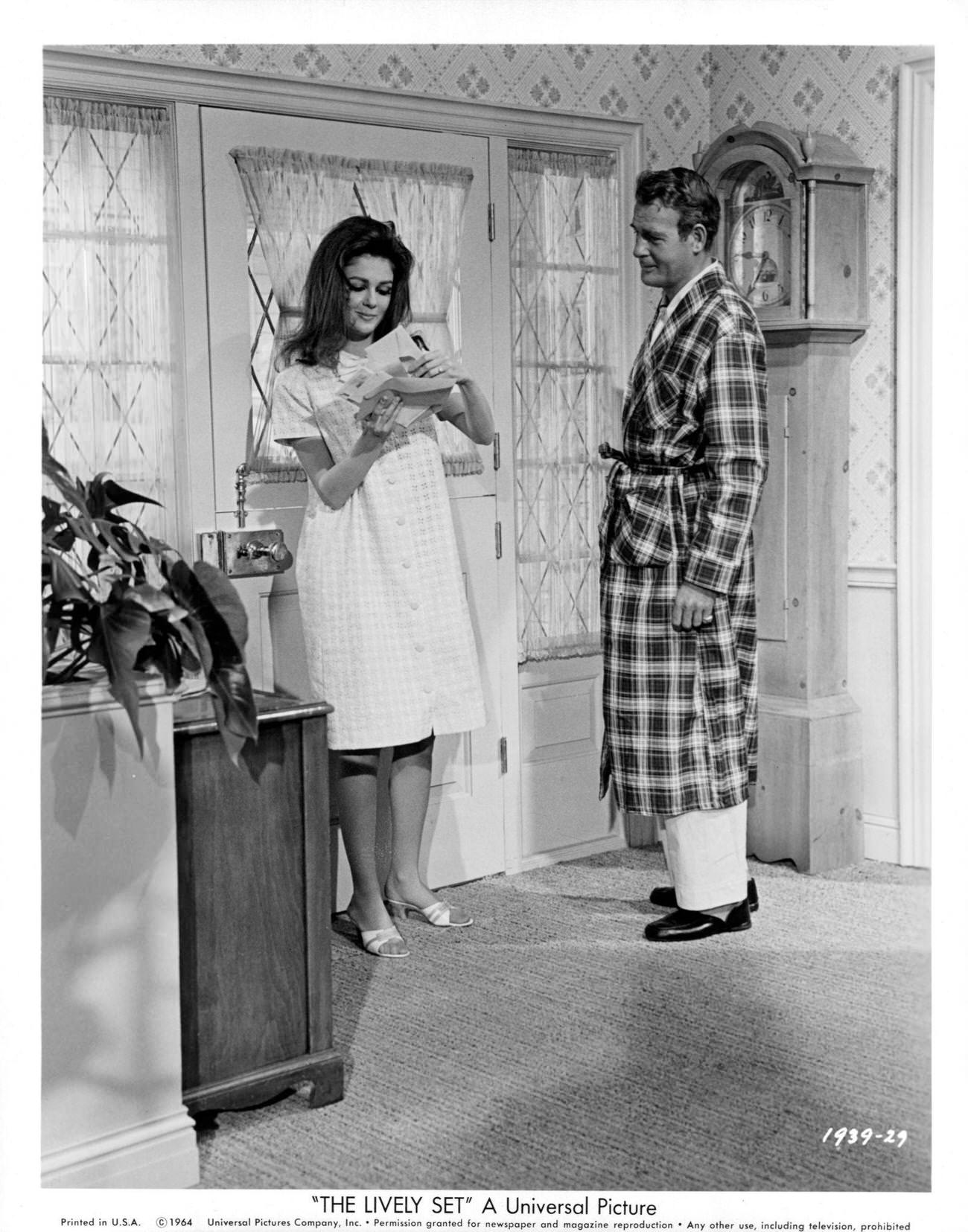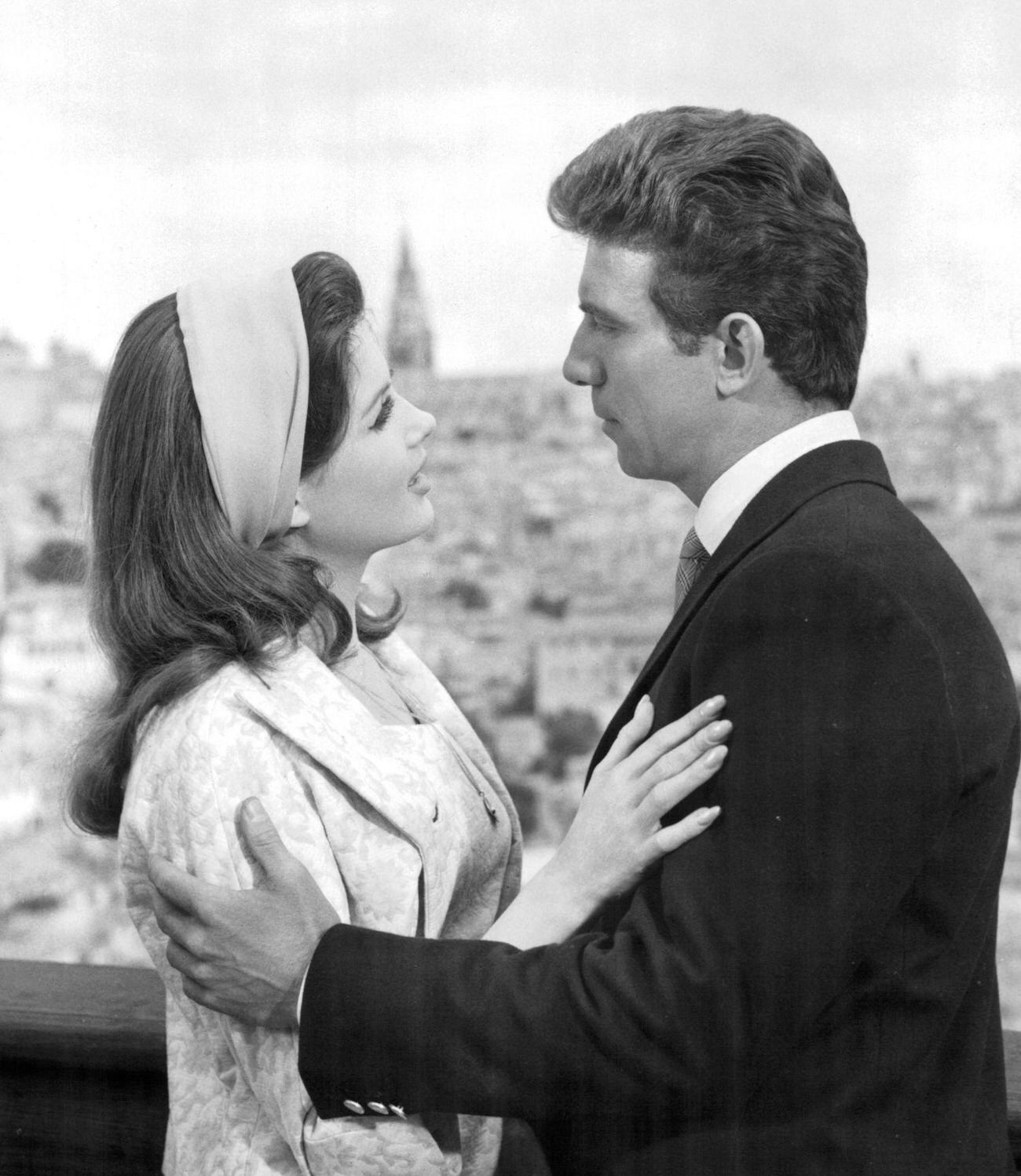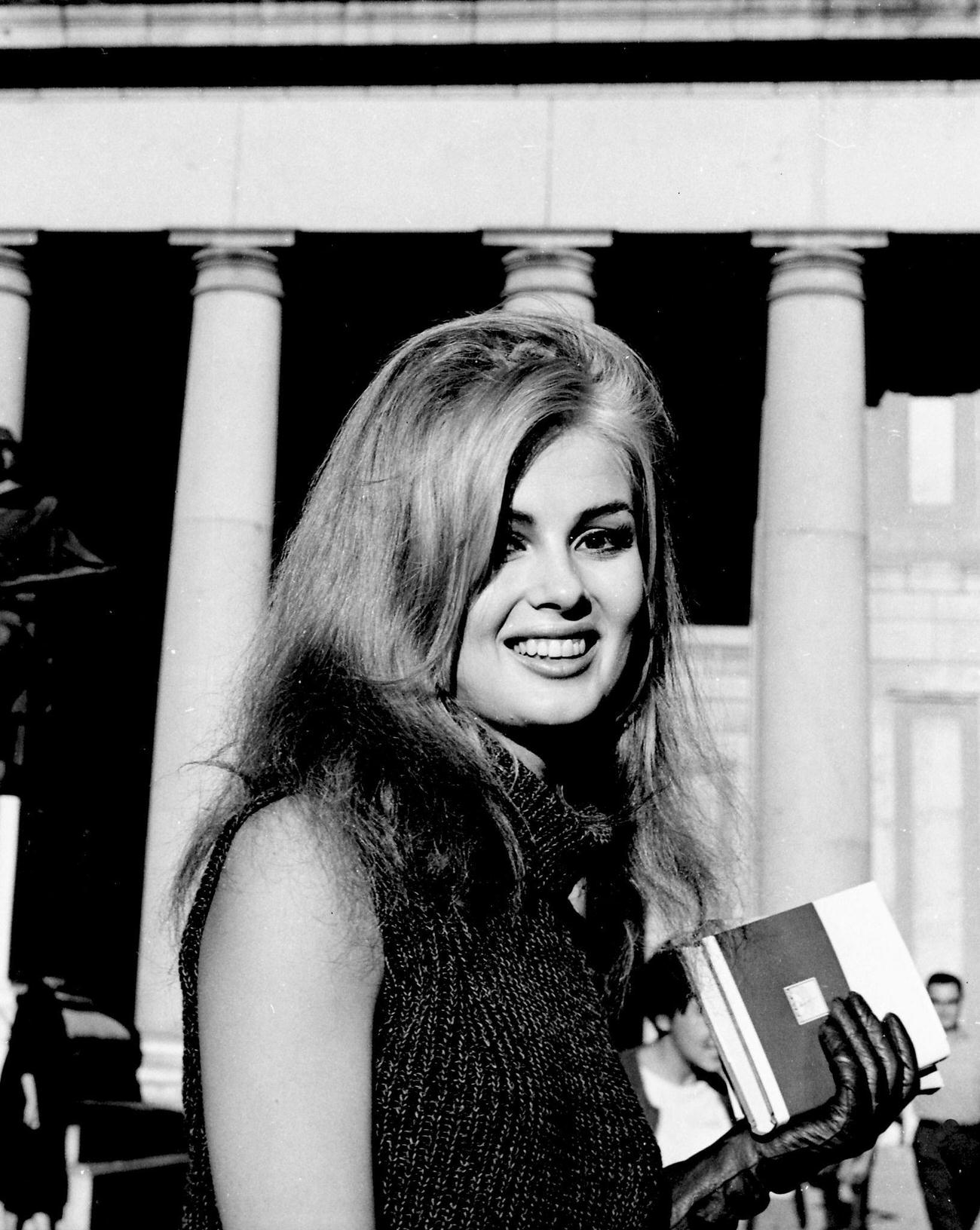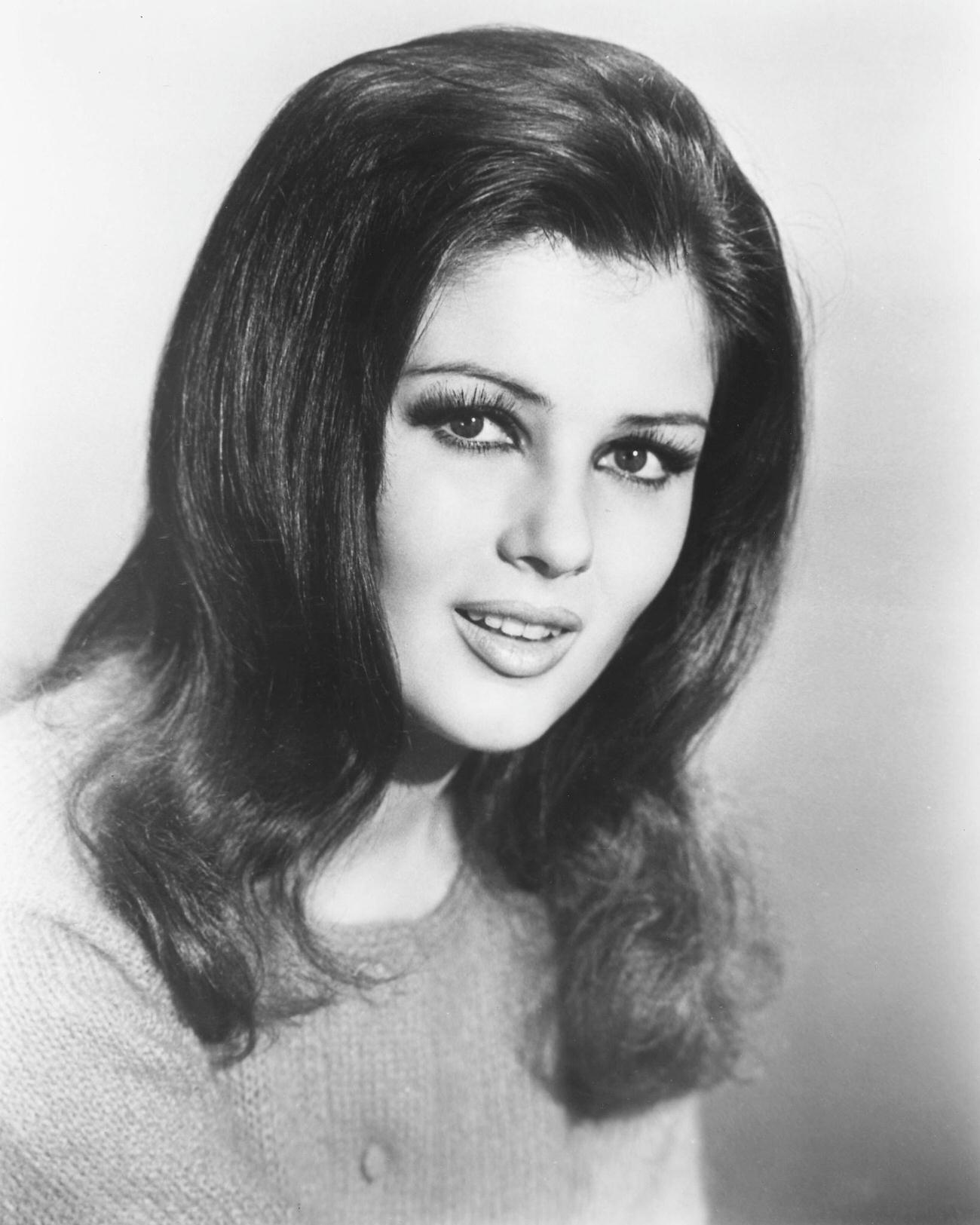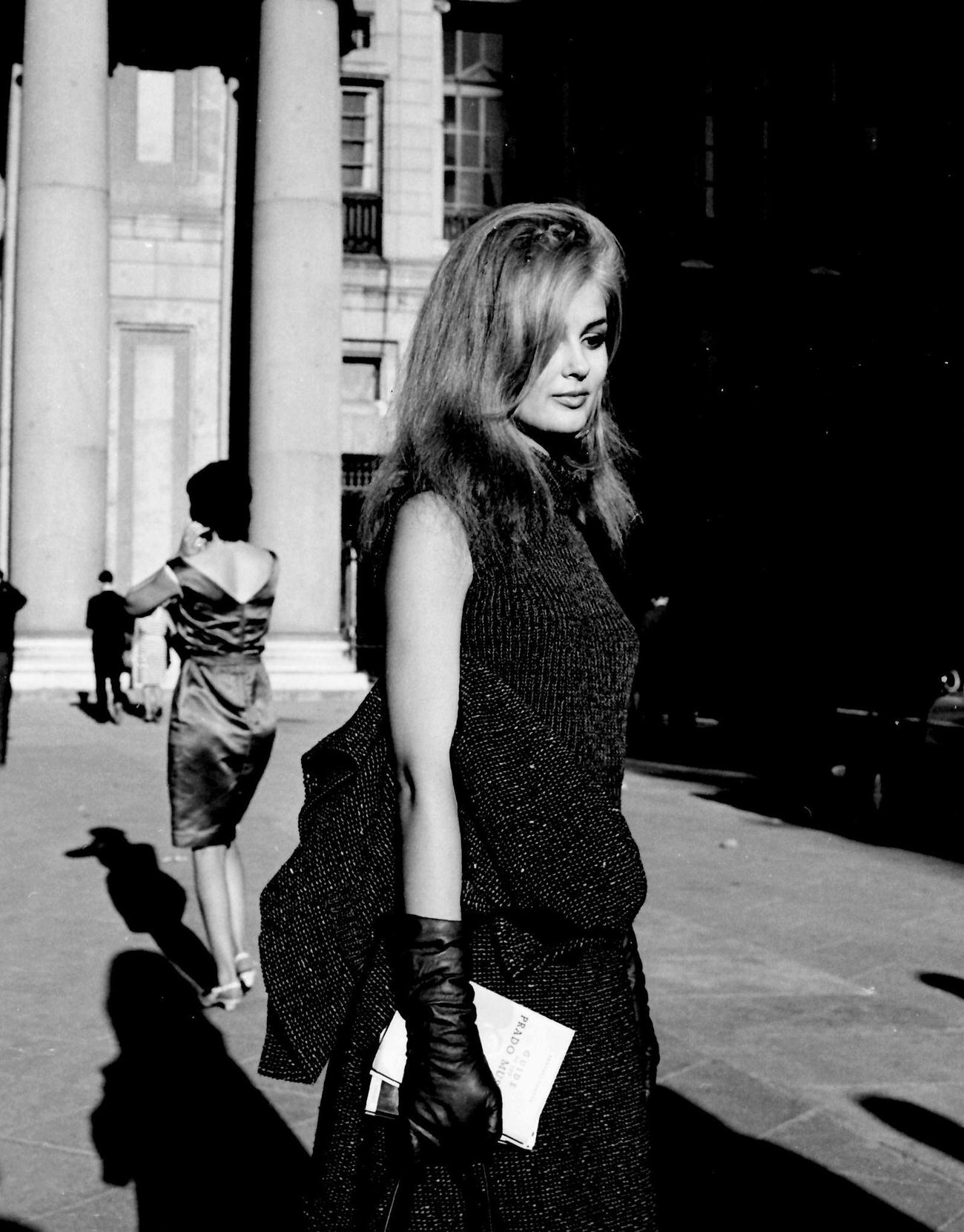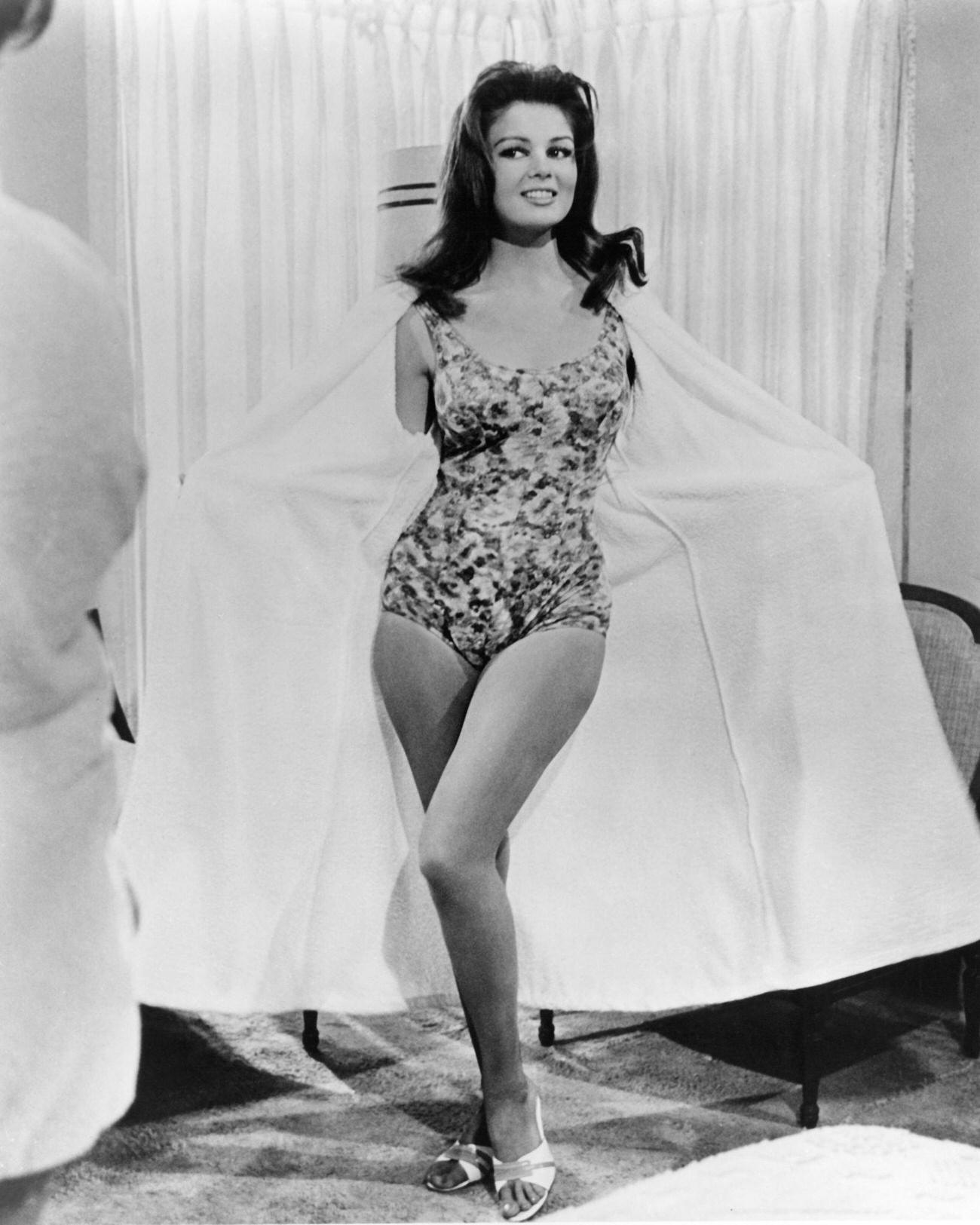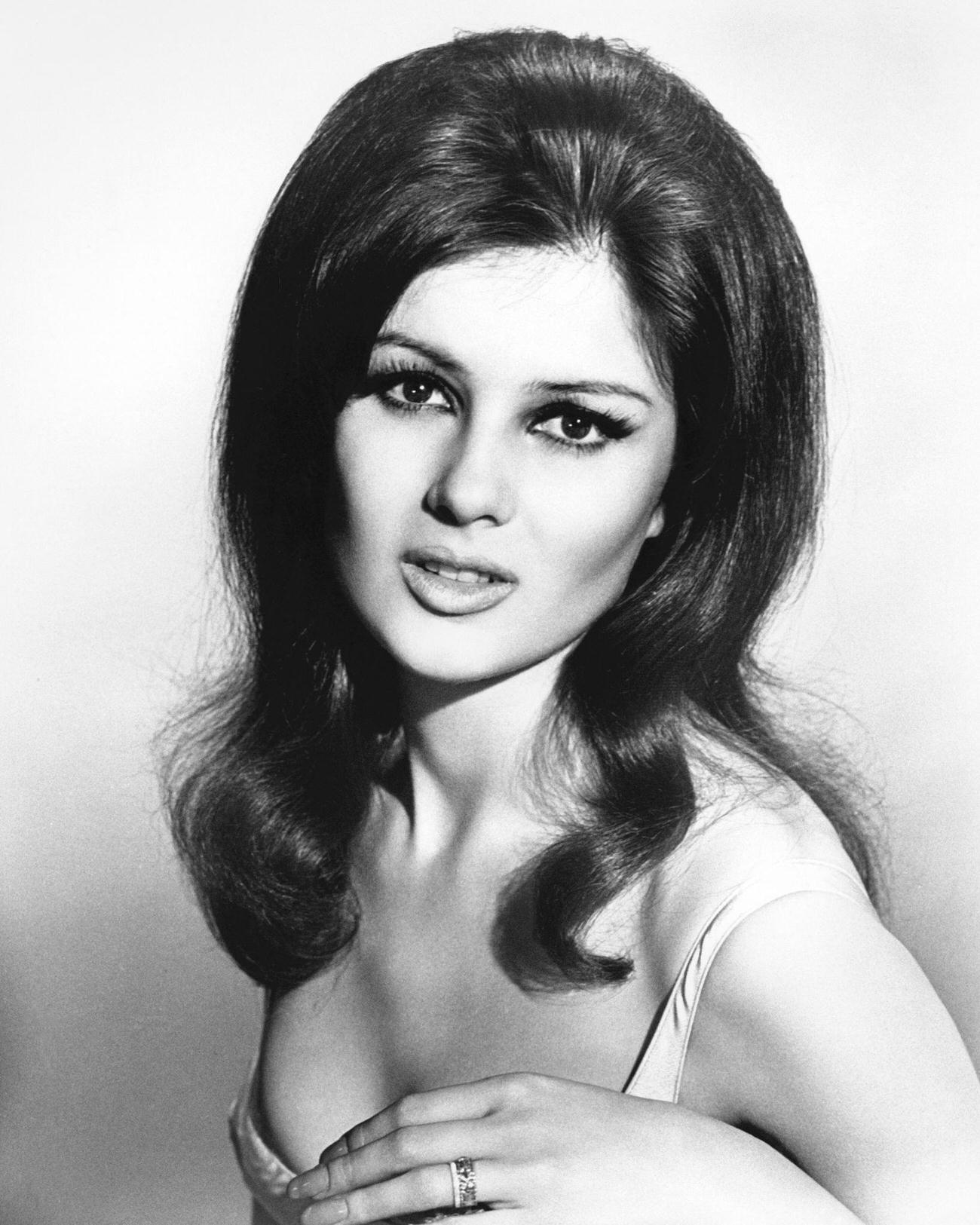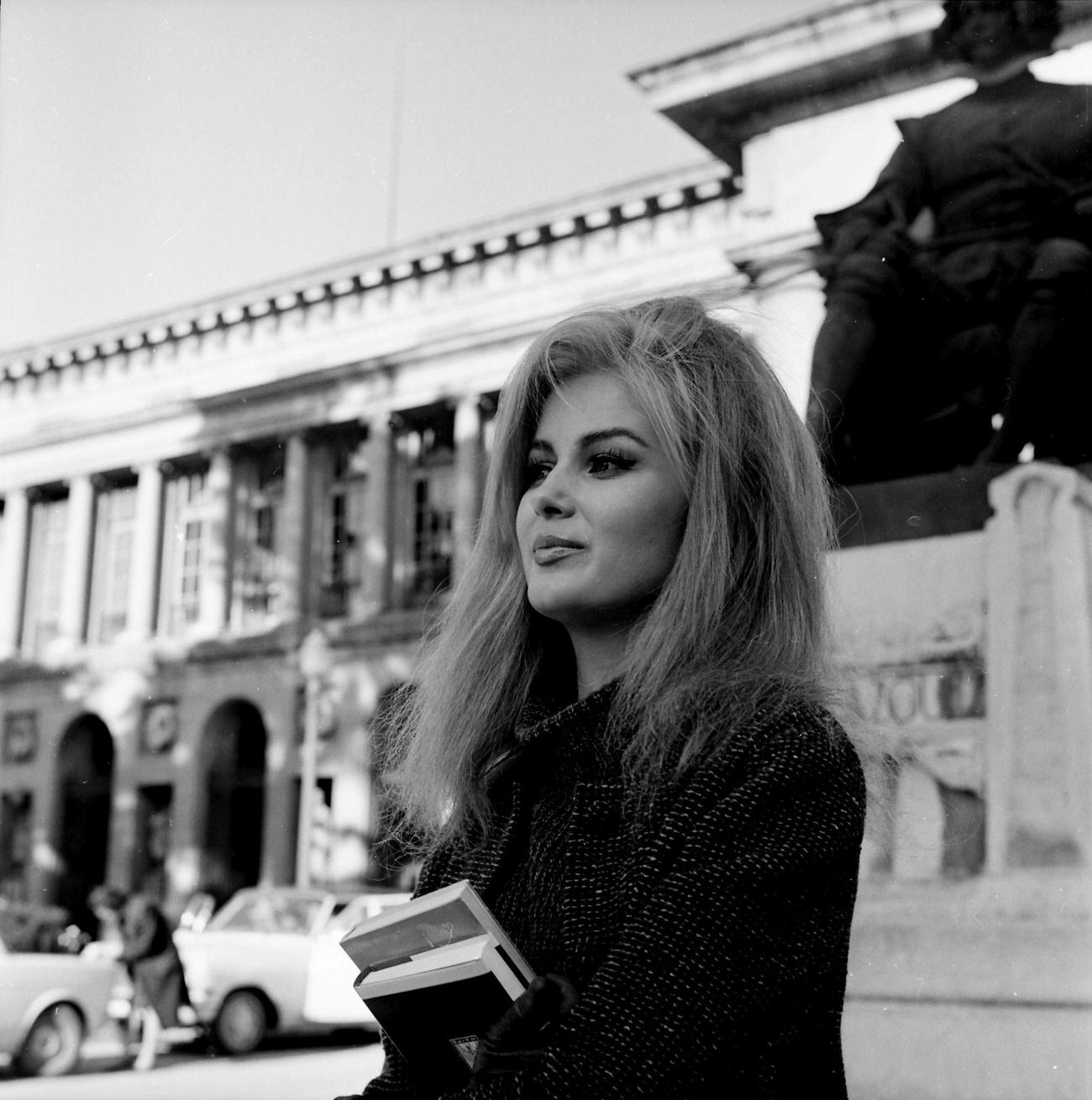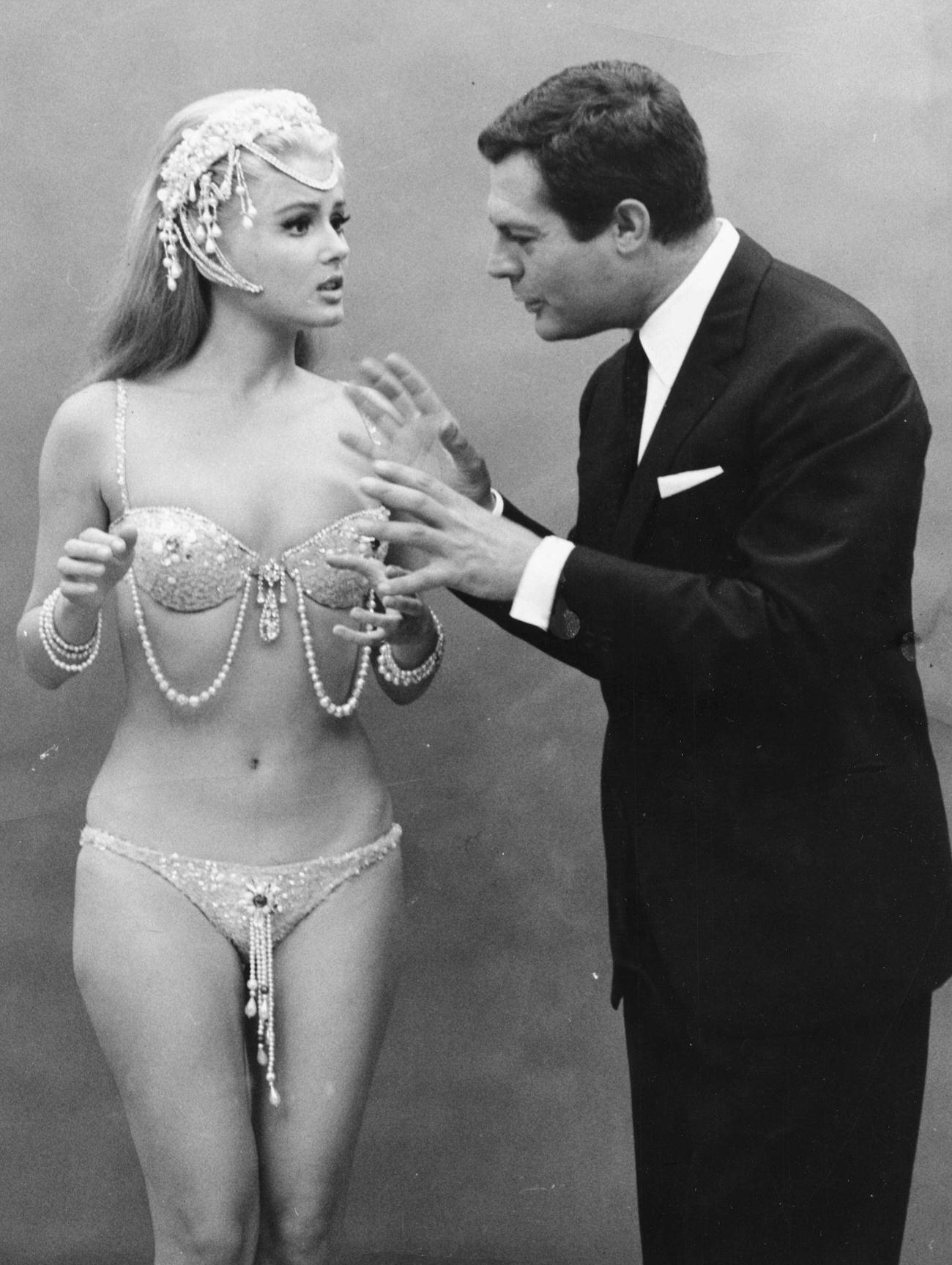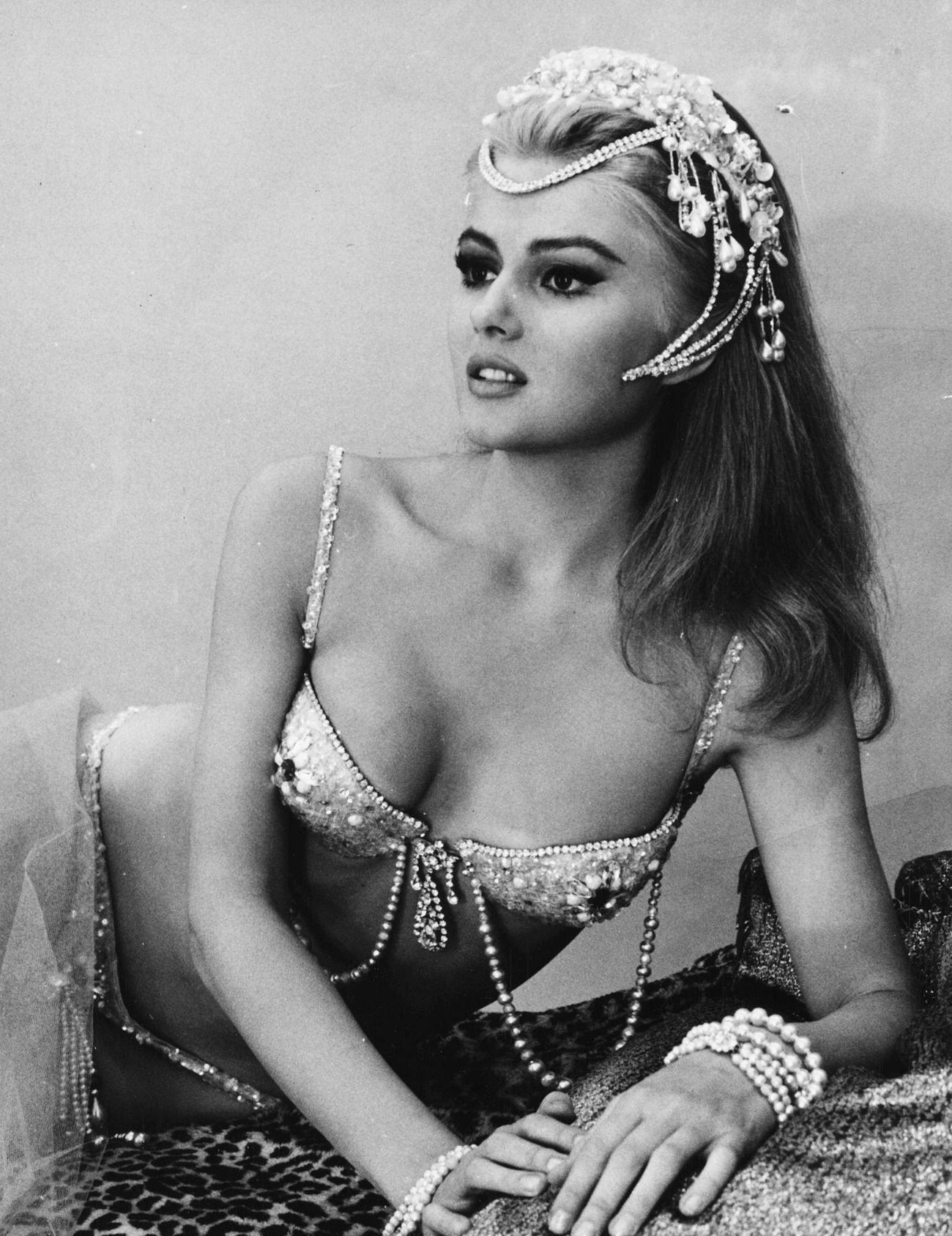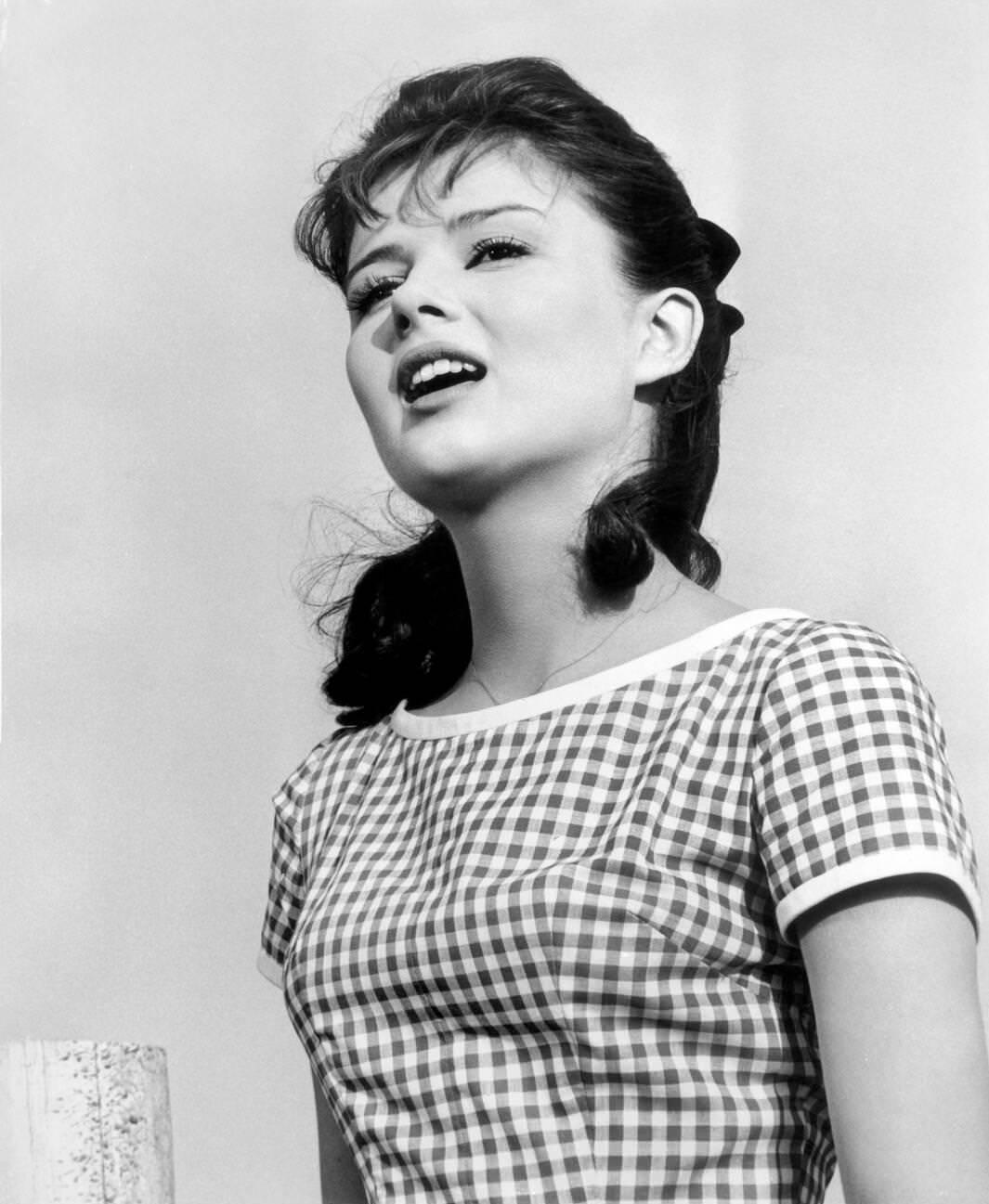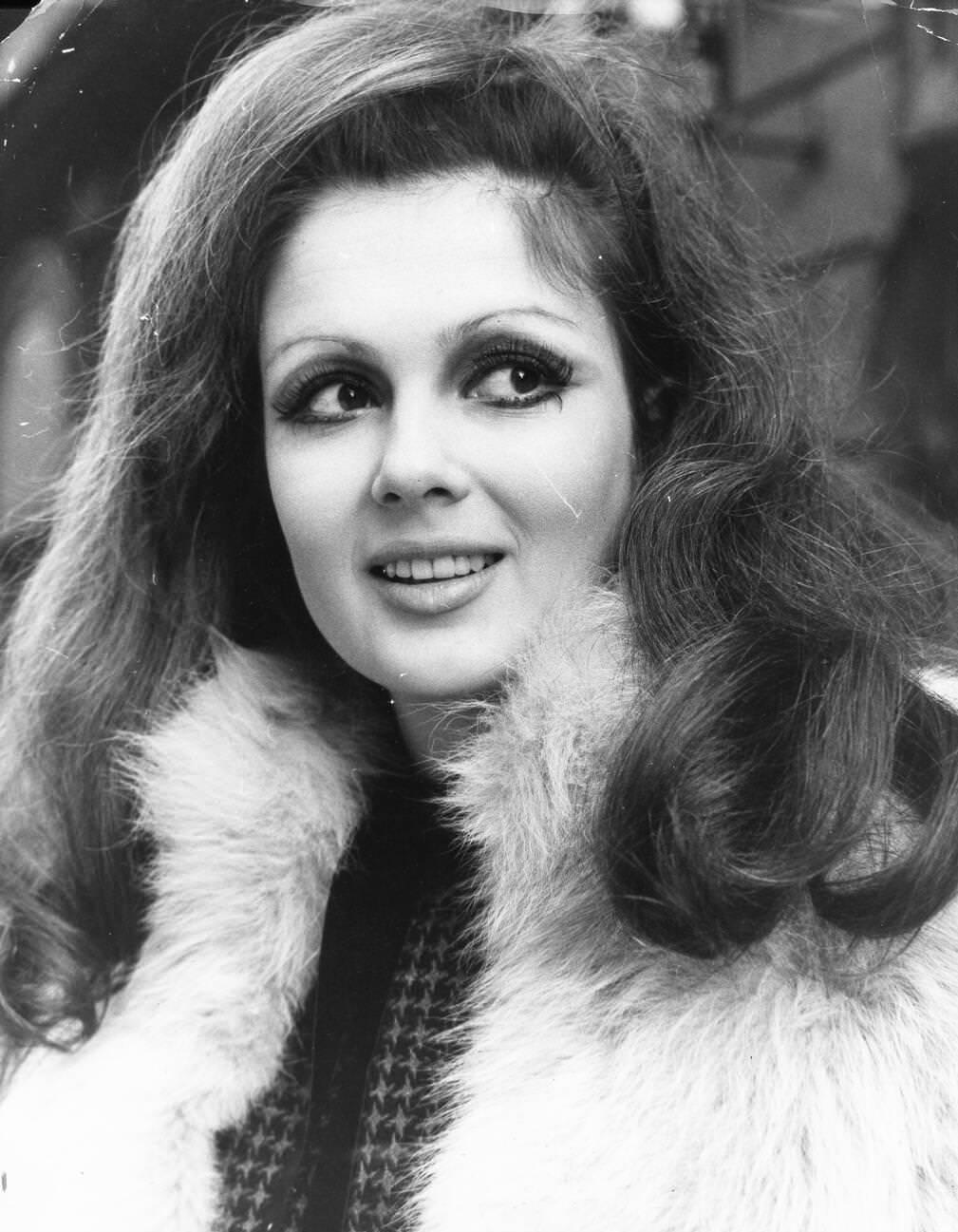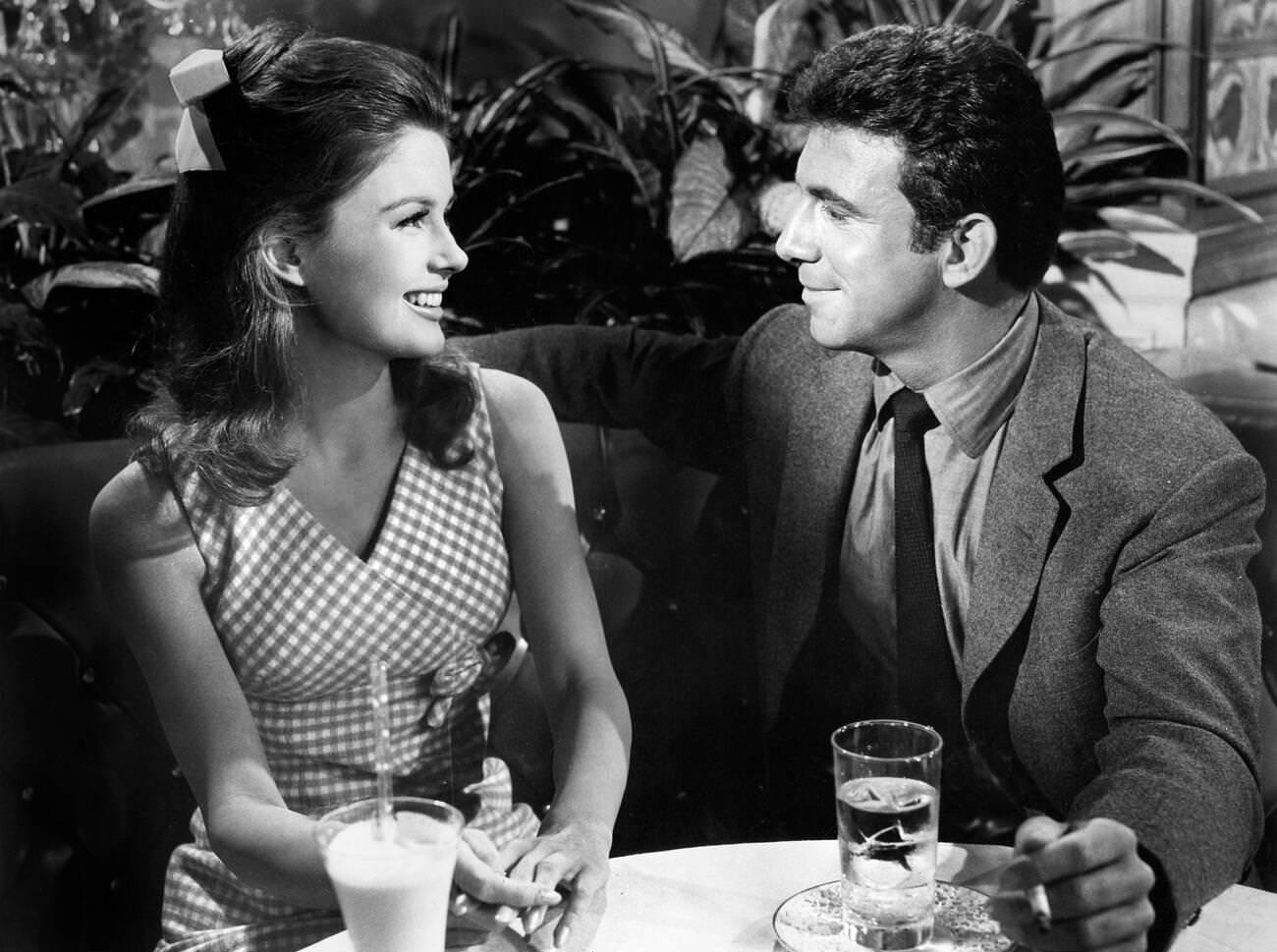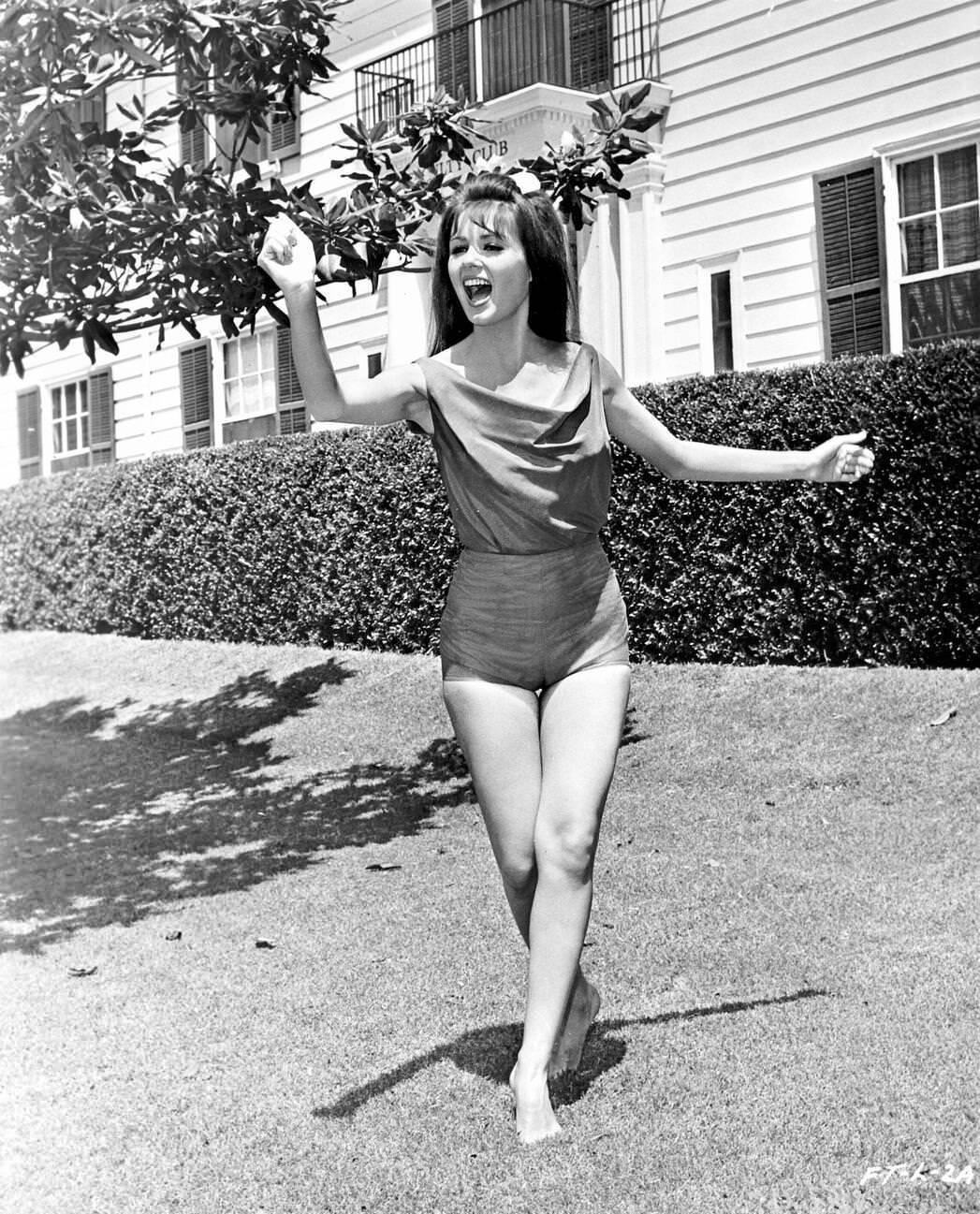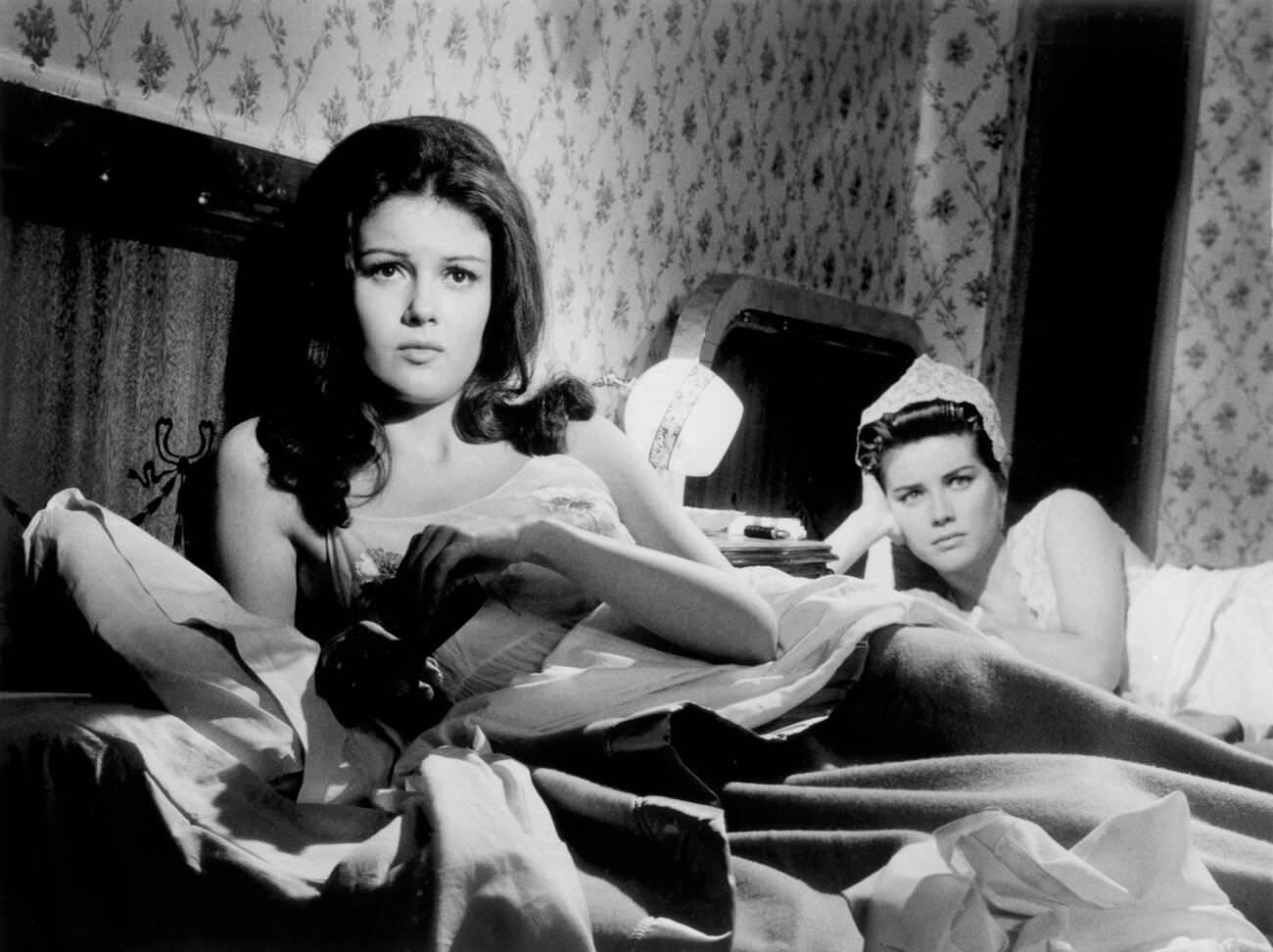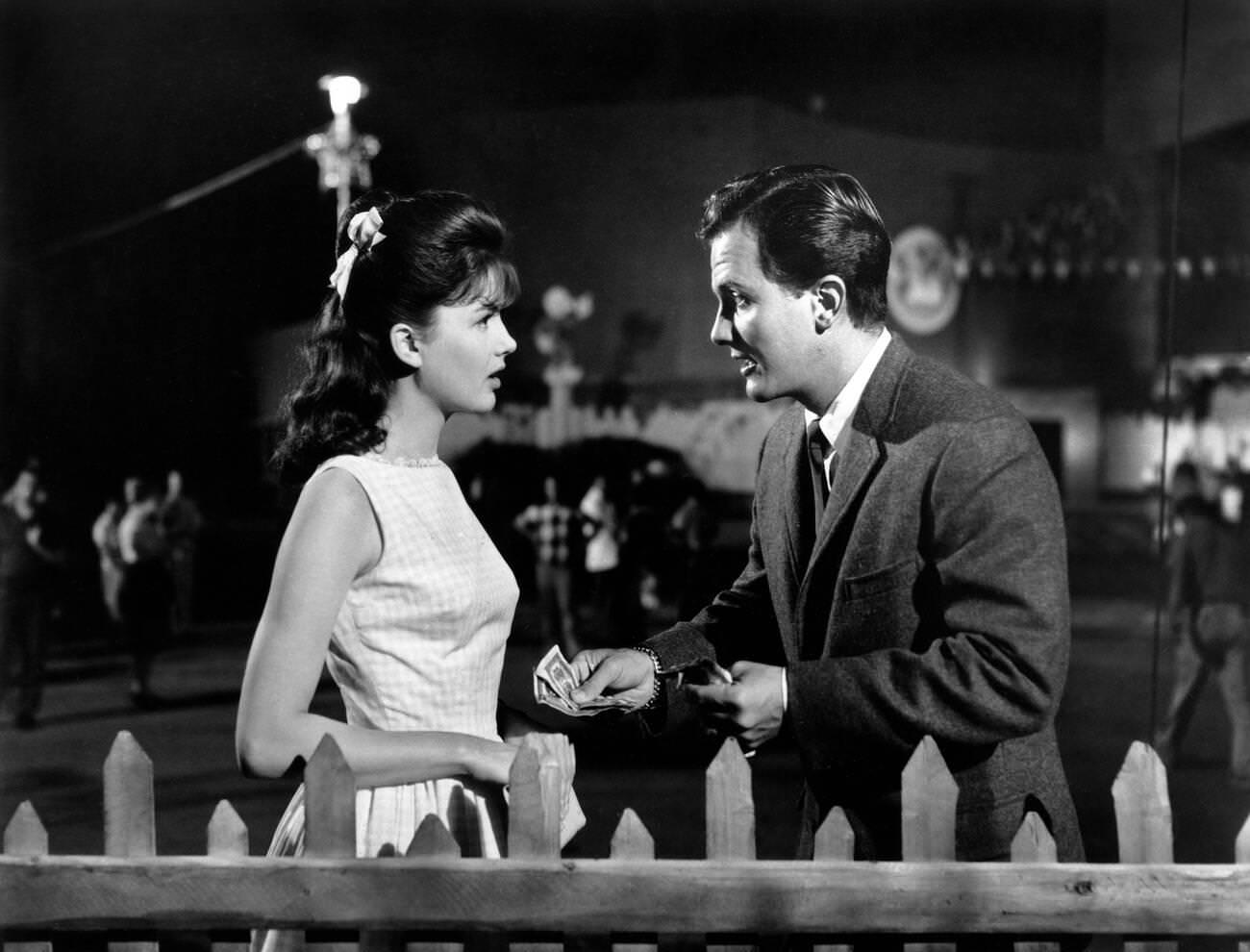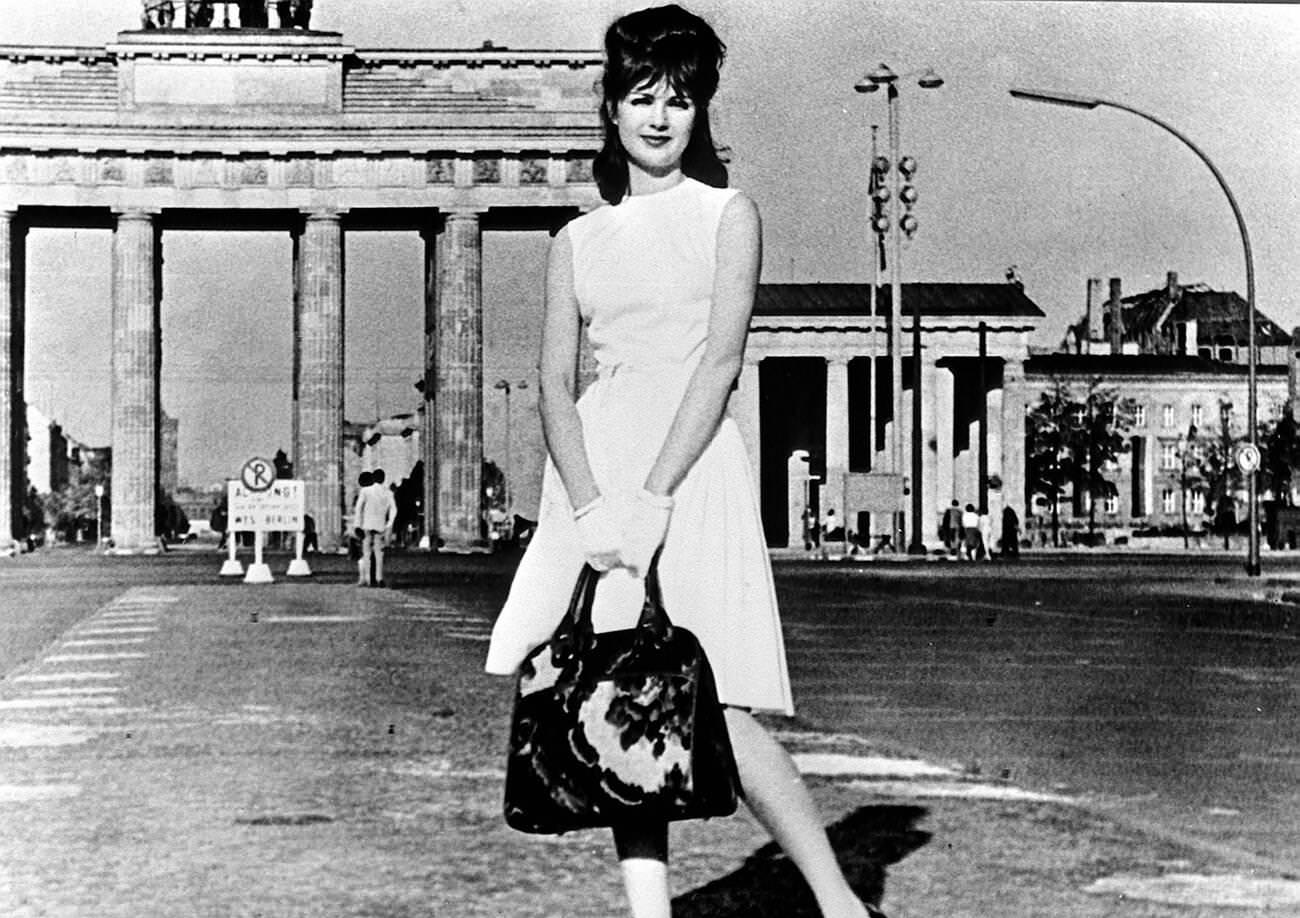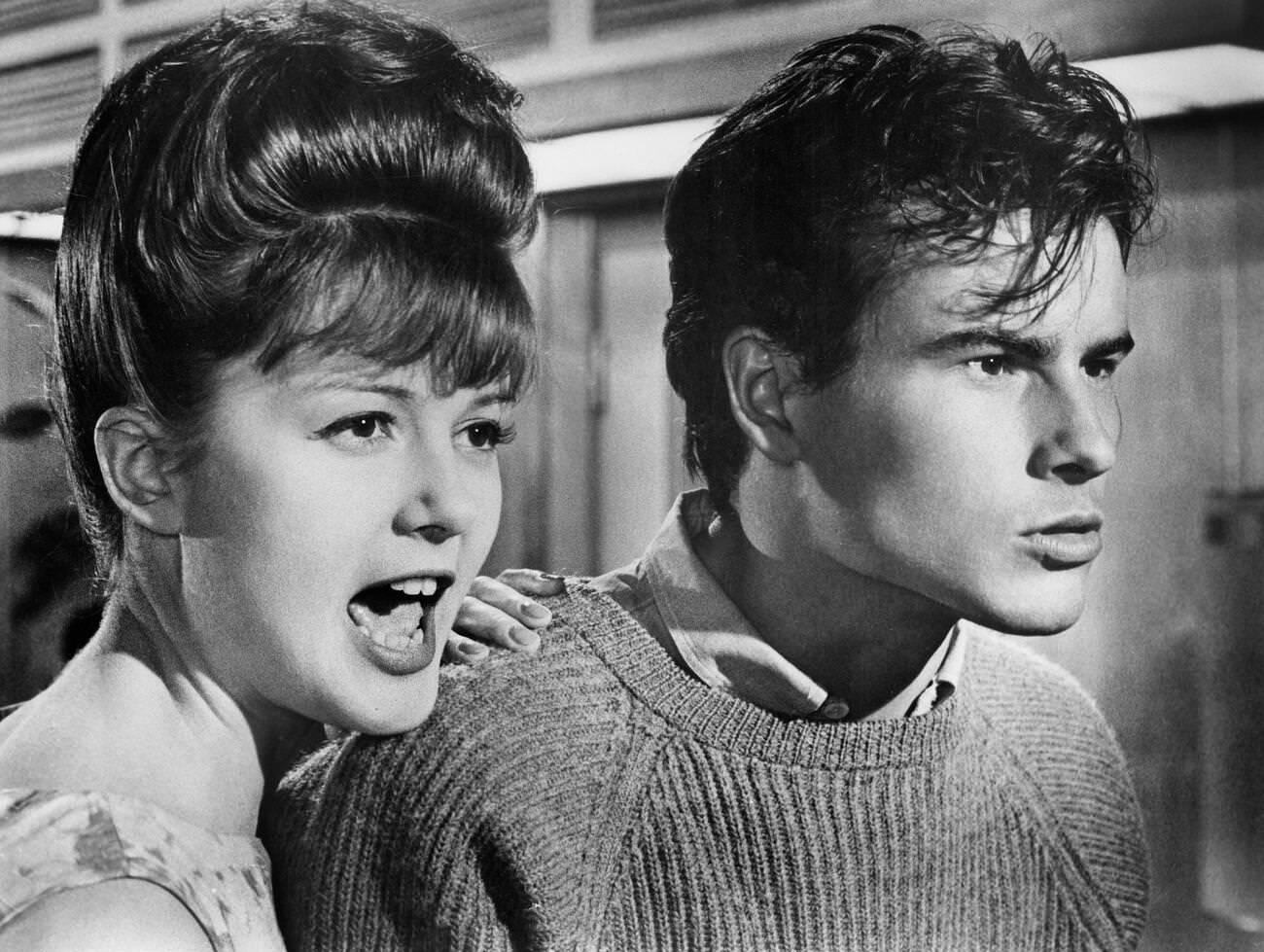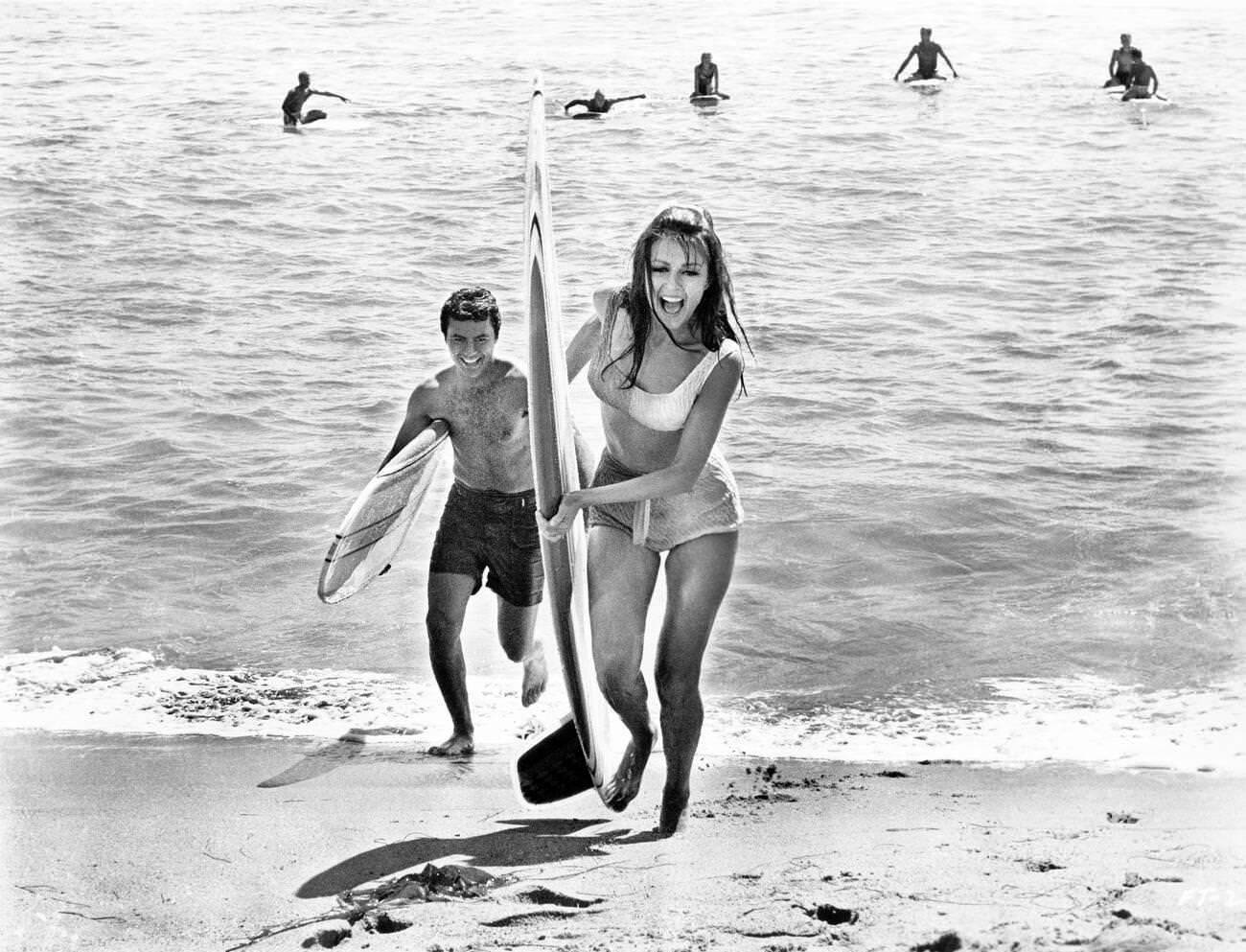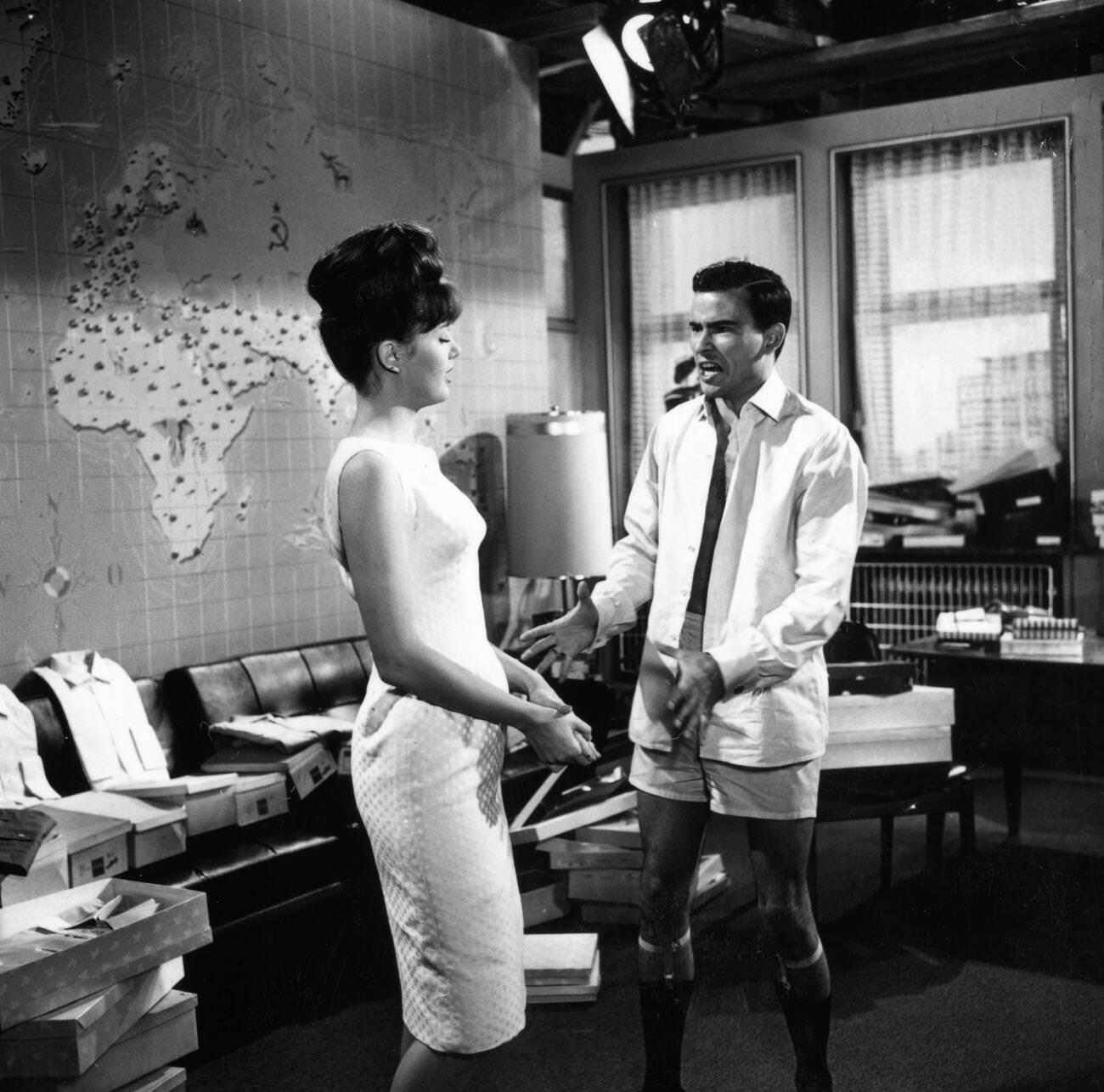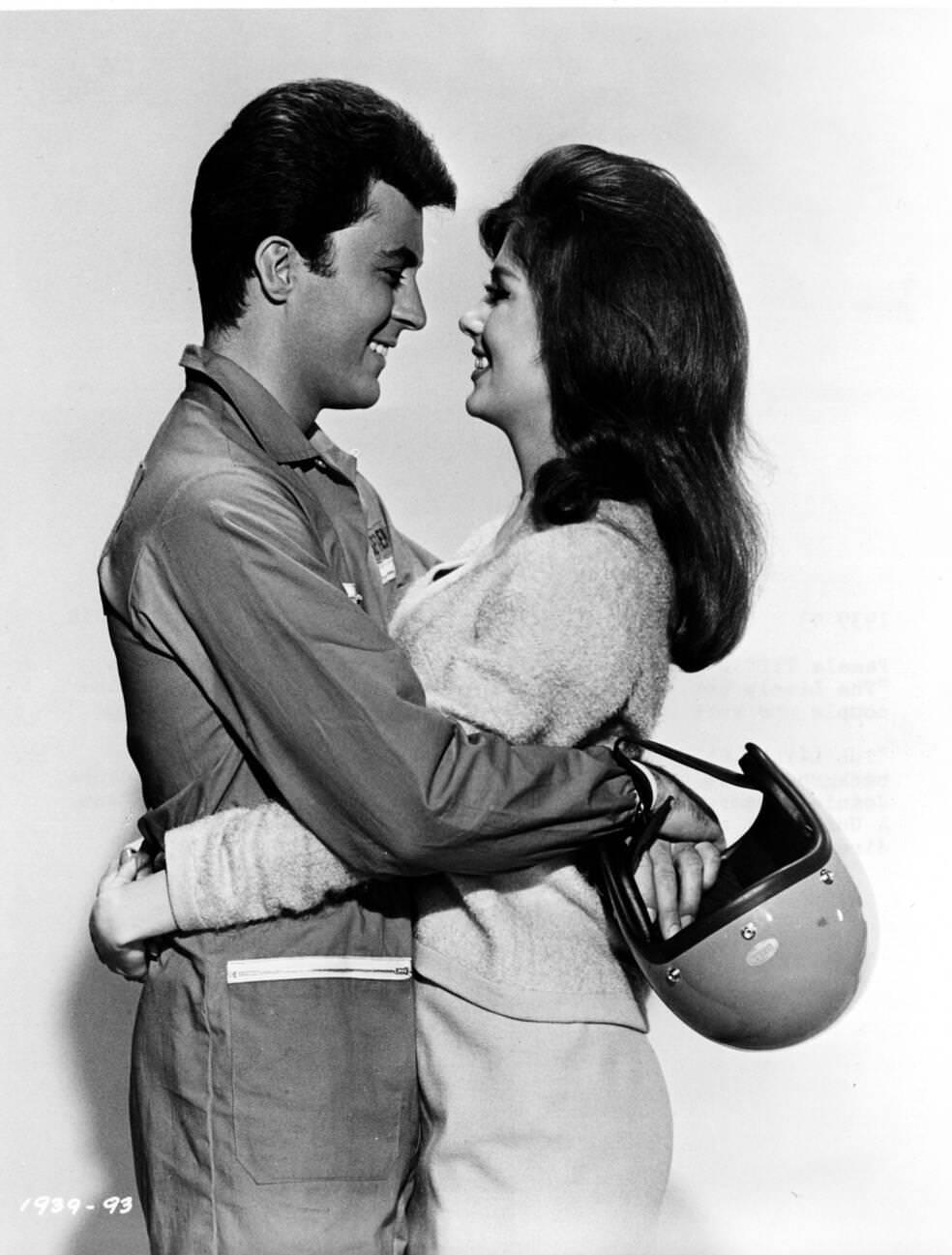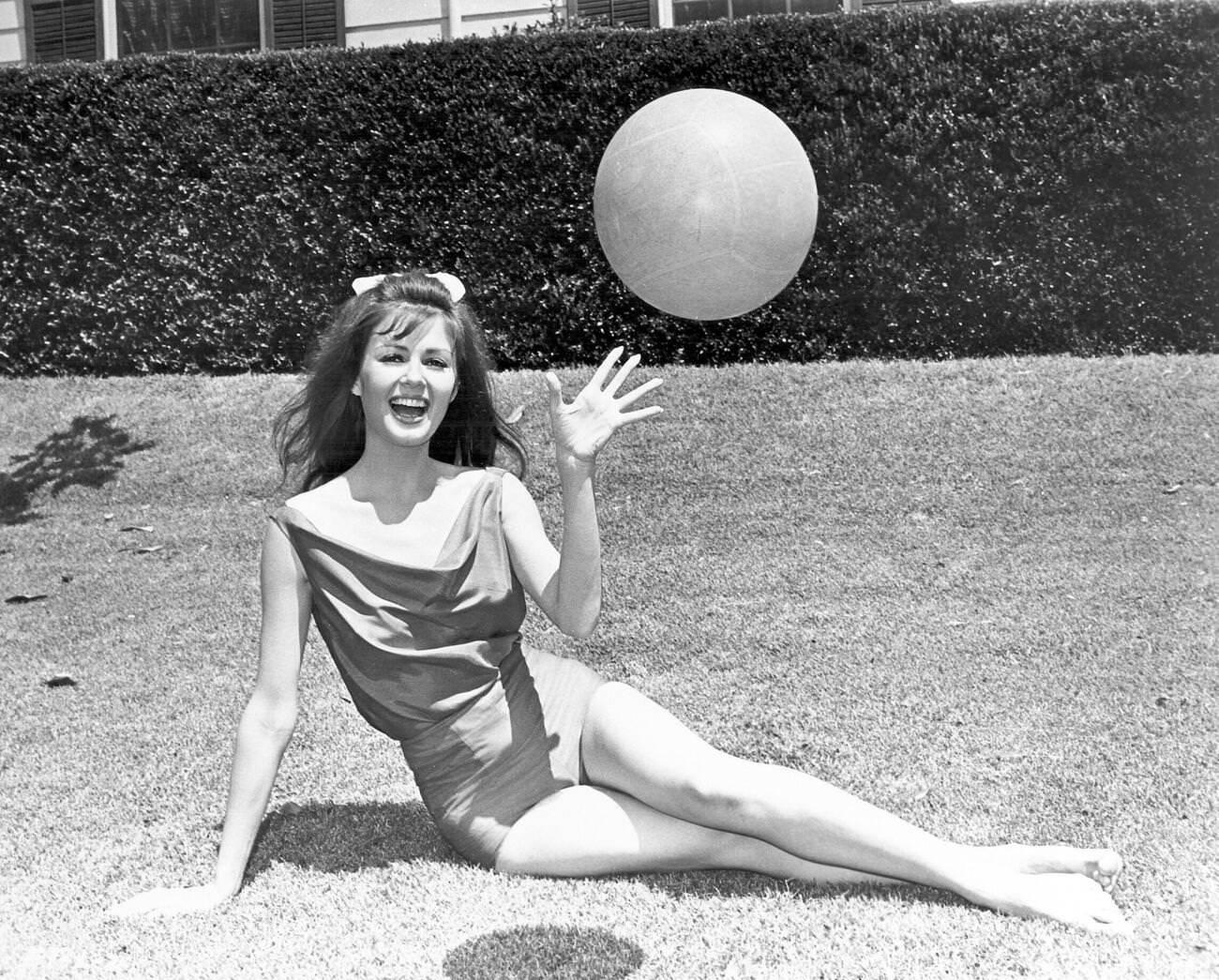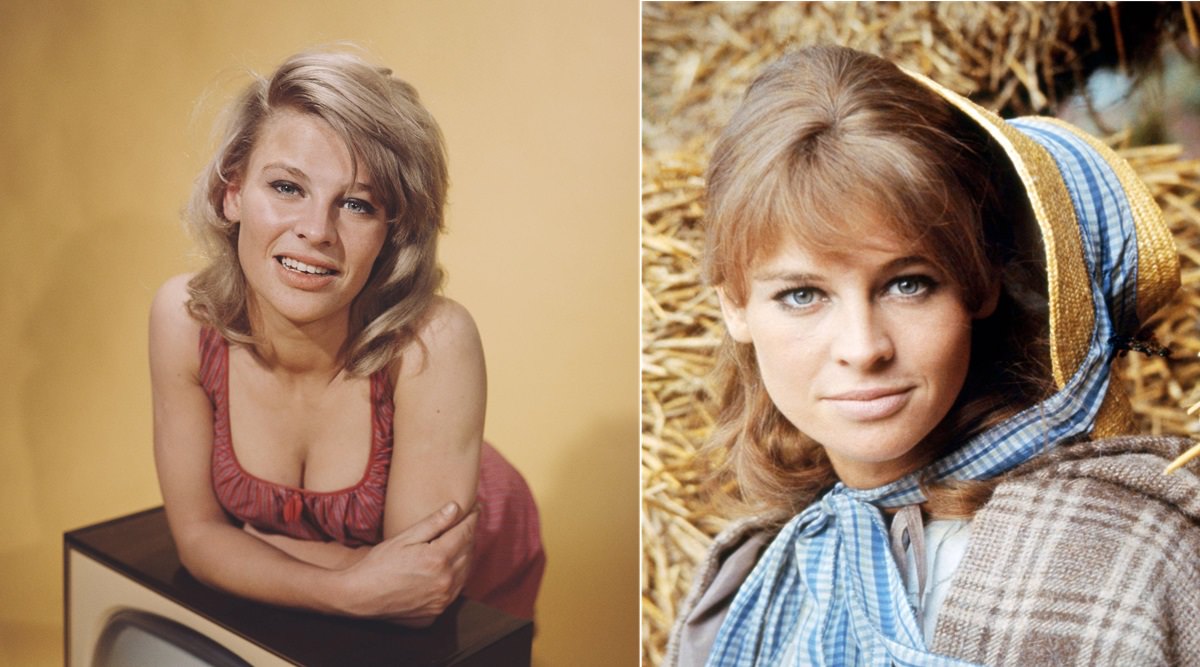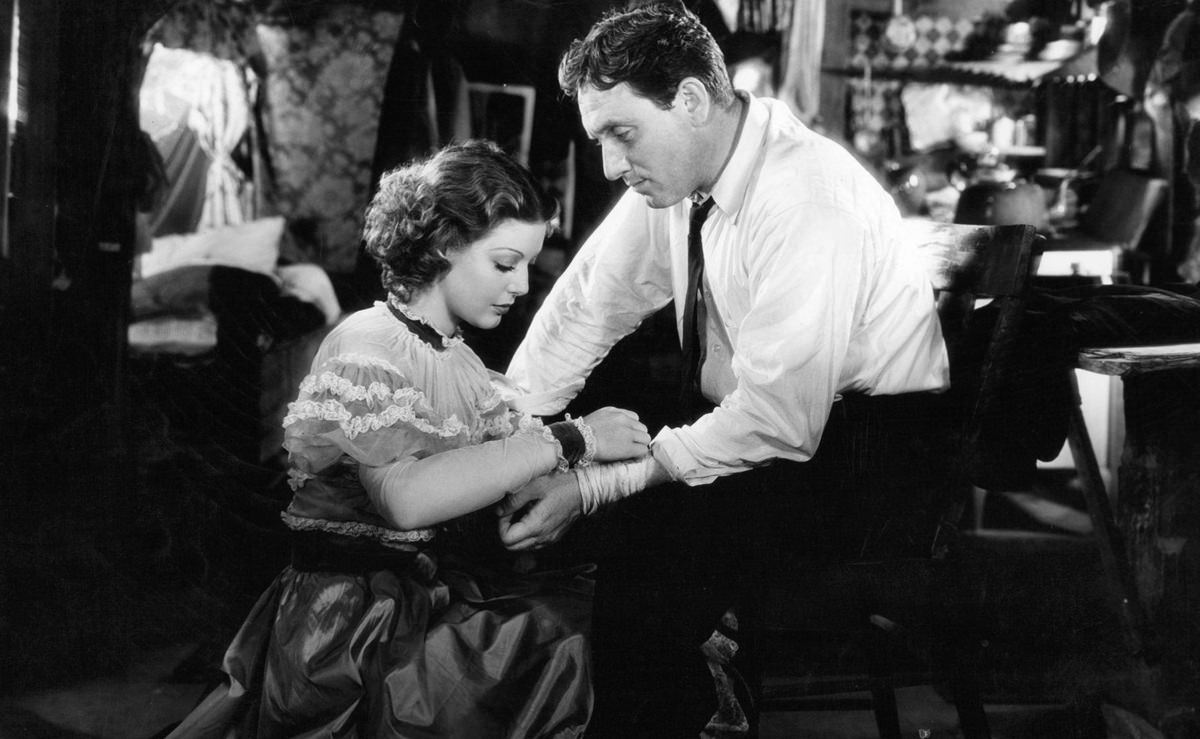In the world of 1960s movie stars, Pamela Tiffin was truly something special. This blonde-haired, blue-eyed beauty from Oklahoma City took the film industry by storm with her fresh-faced appeal and earnest performances. Born Pamela Tiffin Wonso on October 13, 1942, her journey to stardom was a blend of serendipity and talent. Her career took off when she was discovered by producer Hal B. Wallis, who saw her in a Revlon advertisement. It was not long before she transitioned from modeling to acting, capturing the hearts of audiences and filmmakers alike.
Her breakout role came in the comedy “One, Two, Three” in 1961, directed by the legendary Billy Wilder. Her portrayal of the effervescent Scarlett Hazeltine showcased her comedic timing and natural charisma, earning her a Golden Globe nomination for New Star of the Year. This performance set the stage for a decade of memorable roles in both Hollywood and European films.
Hollywood and Beyond
Pamela Tiffin’s career trajectory was a testament to her versatility as an actress. She shone in a variety of genres, from comedies like “State Fair” where she sang and danced, to more dramatic roles such as her portrayal in “Summer and Smoke,” which earned her another Golden Globe nomination. Tiffin didn’t just charm American audiences; she also made a significant impact on the European cinema scene, particularly in Italy, where she became a celebrated actress in Italian comedies and dramas.
Her filmography during the ’60s is a list of diverse characters, each showcasing different facets of her acting prowess. Pamela’s ability to switch from the innocence of a country girl to the sophistication of an urban socialite with ease made her a sought-after name across international waters.
Stepping Away from the Spotlight
At the height of her career, Pamela Tiffin made a decision that was rare among rising stars: she chose to step away from the limelight. In the early ’70s, after a series of roles in Italian films, she decided to focus on her personal life. This move mystified many fans and industry insiders, as she was at what many considered the peak of her abilities and popularity.
Her decision to leave Hollywood, however, reflected her personal priorities. Tiffin had always maintained a sense of self that was separate from her celebrity status, and when she felt the time was right, she opted to pursue a life that was not defined by film sets and box office returns.
Life Beyond Film
After her departure from the film industry, Pamela Tiffin led a life that was largely out of the public eye. She married and focused on her family, choosing to nurture her private life over her public persona. This second act was one of quiet contentment away from the cameras, a stark contrast to the dazzling world of show business she had once inhabited.


